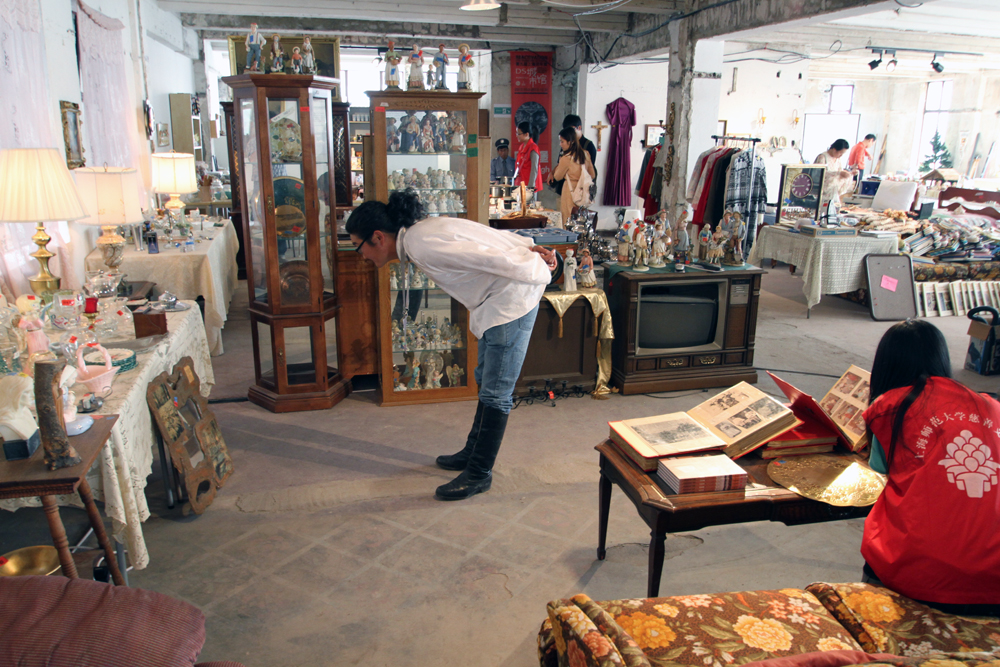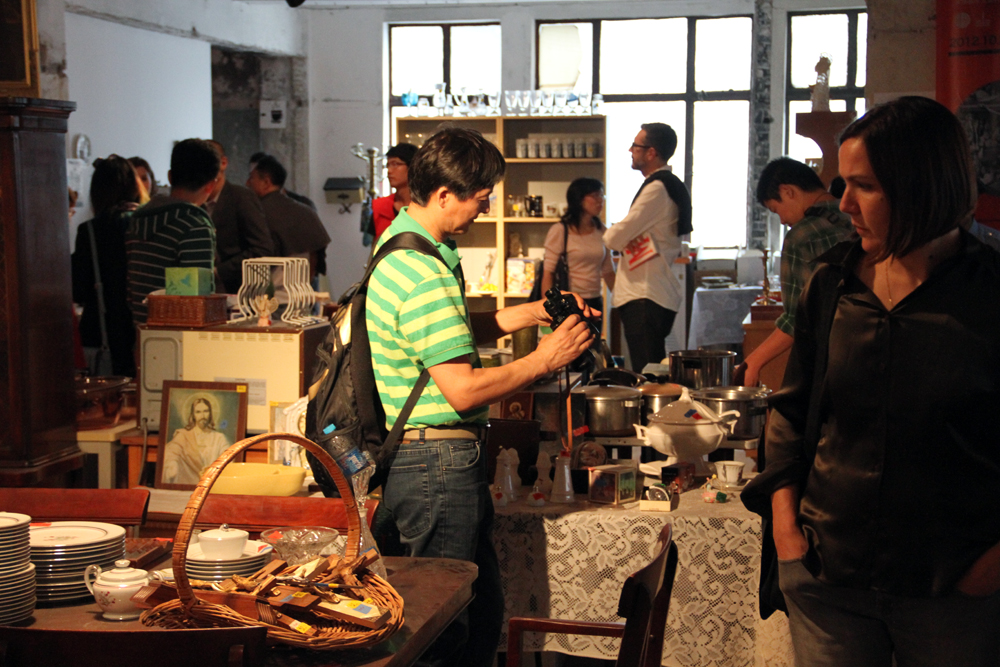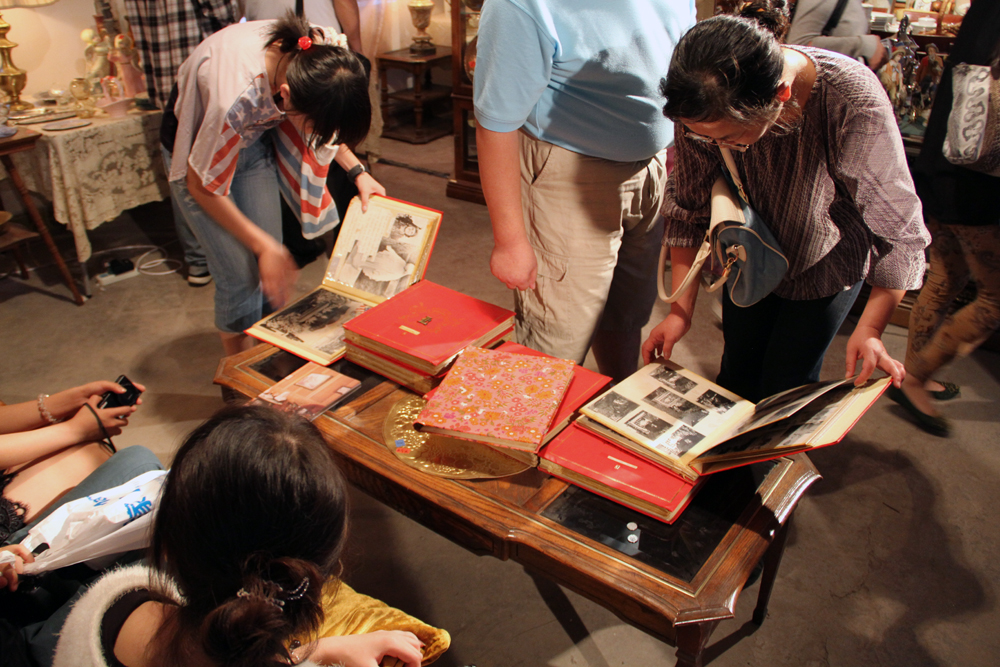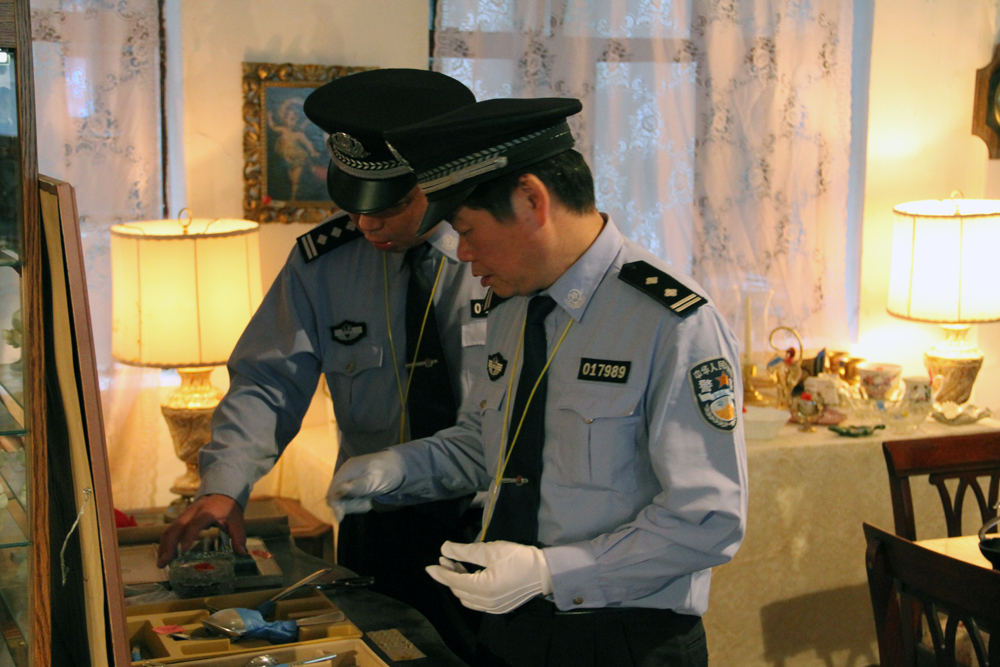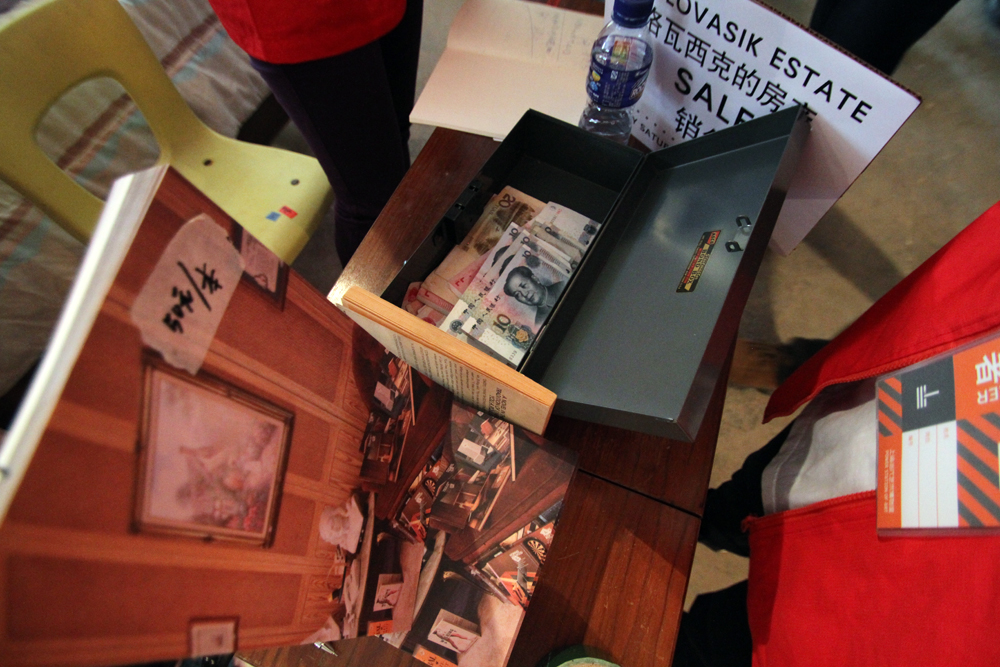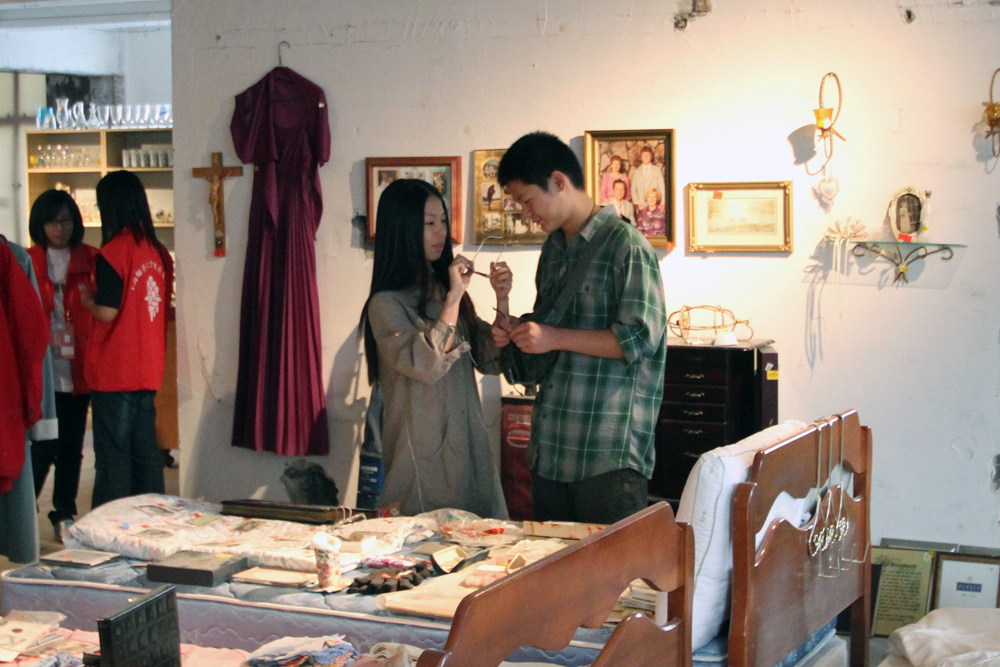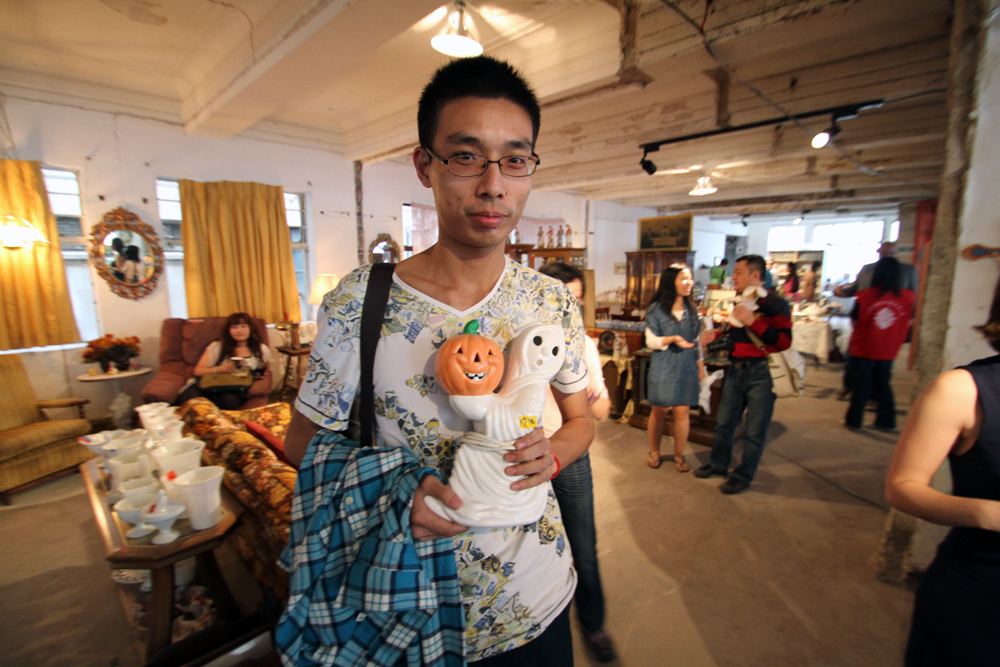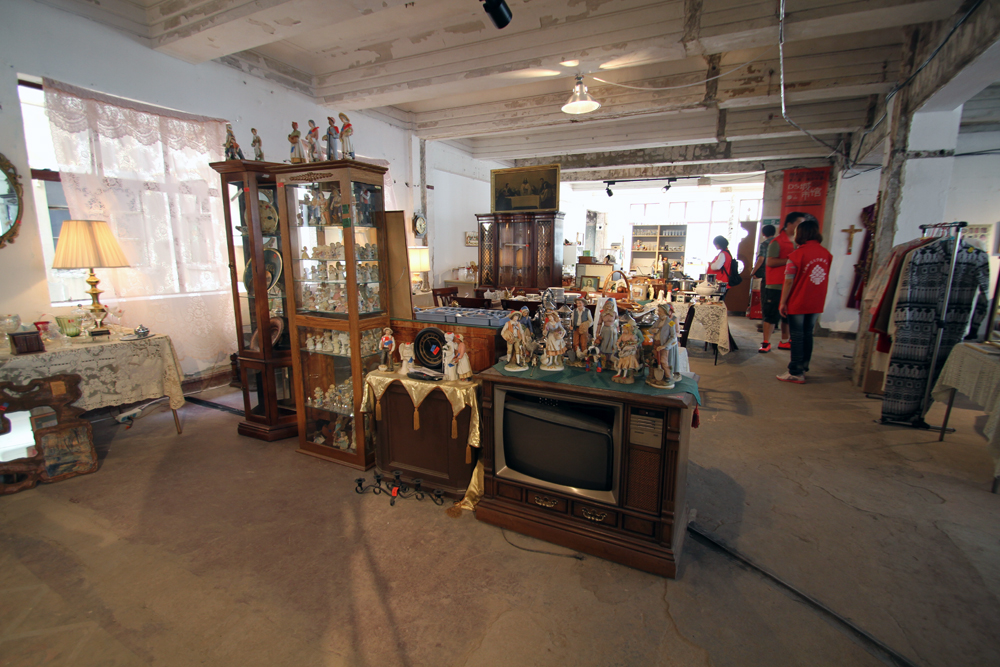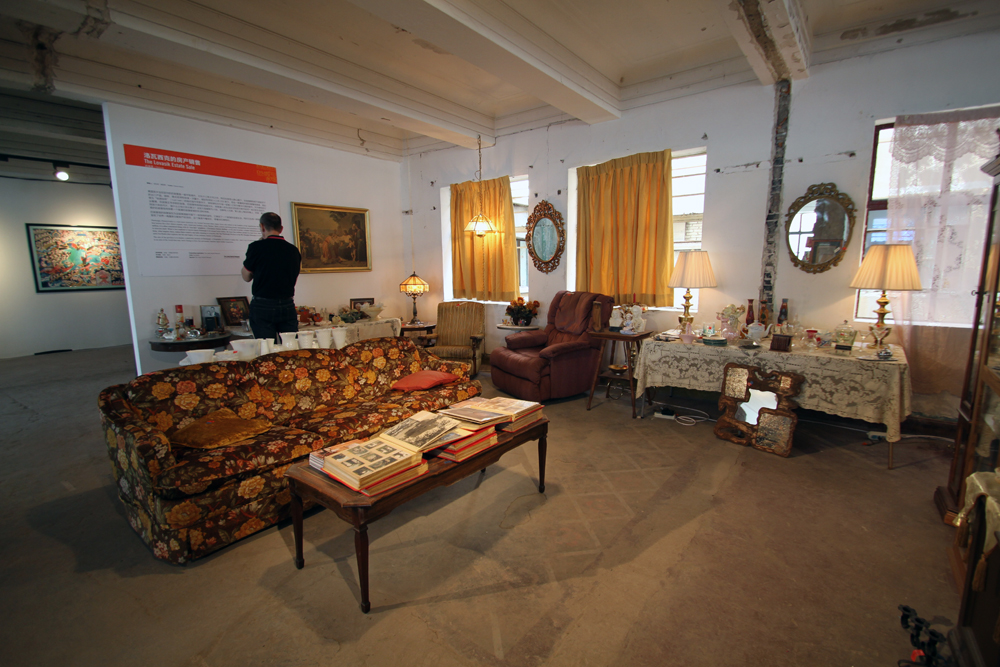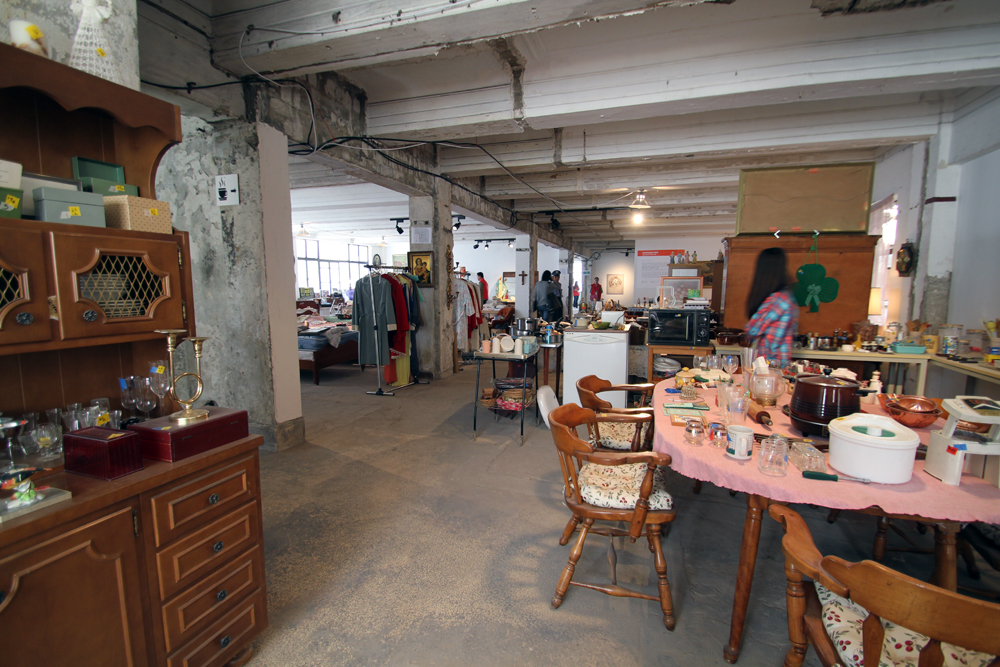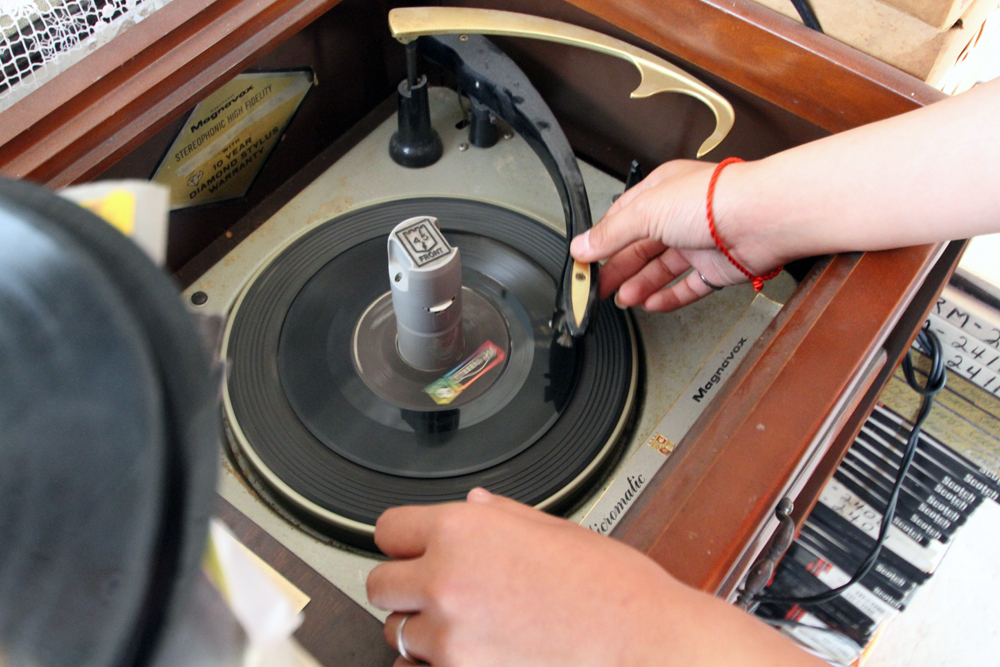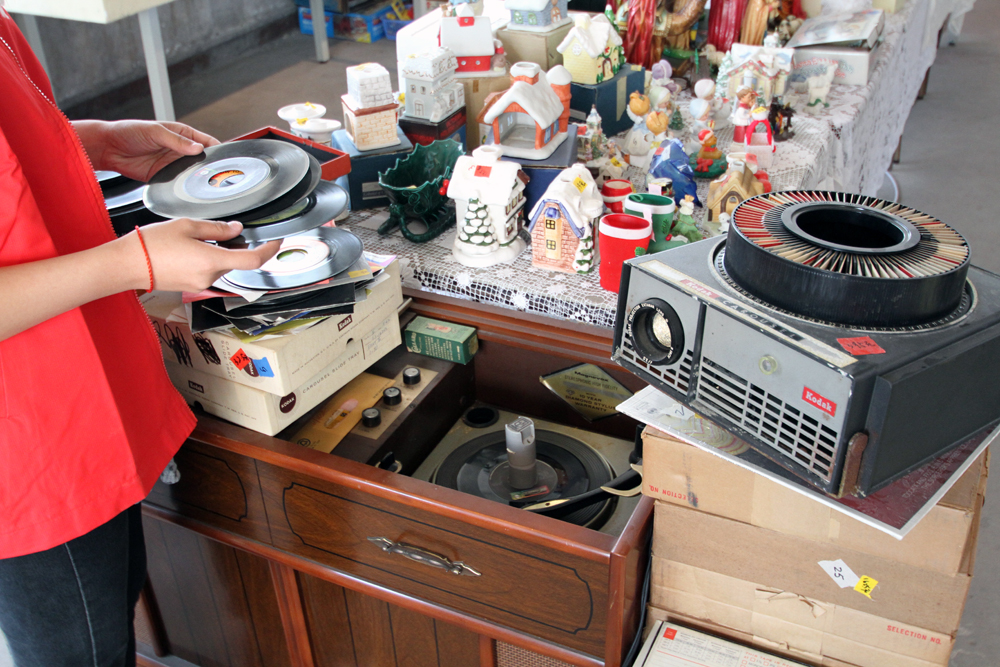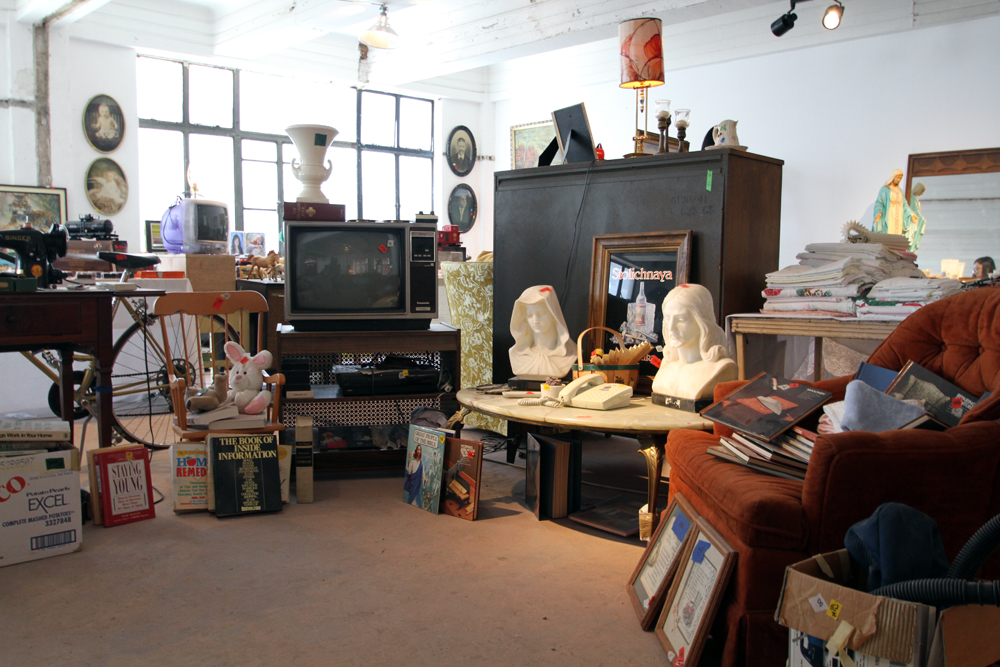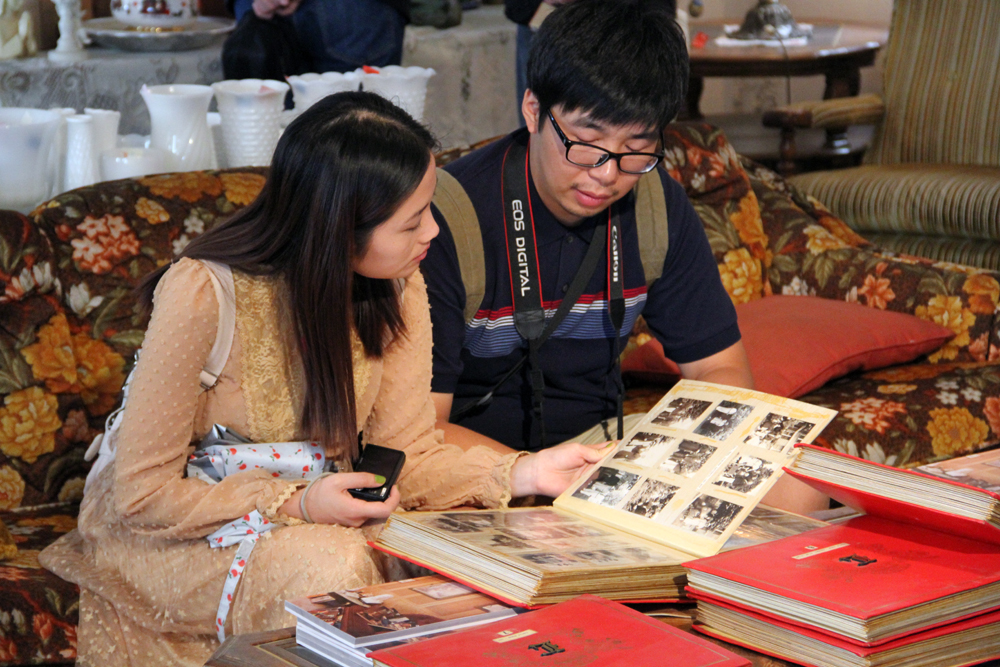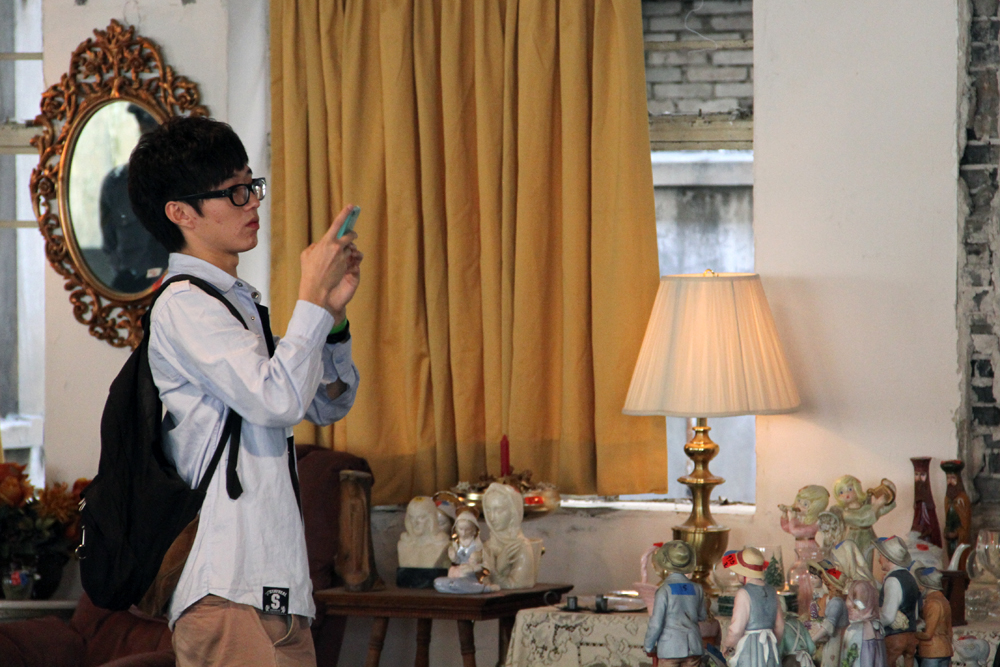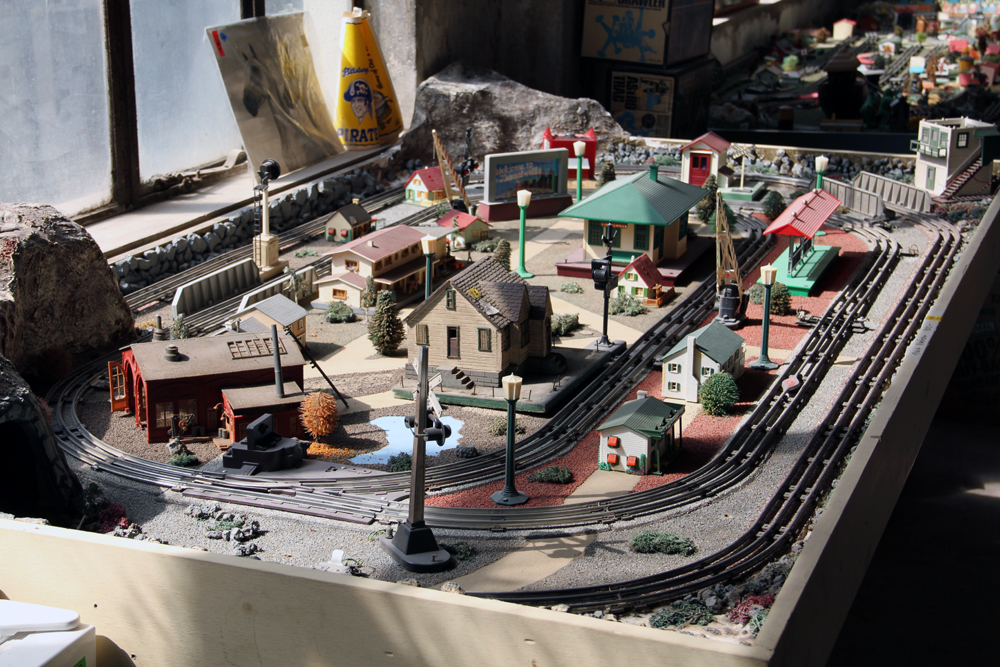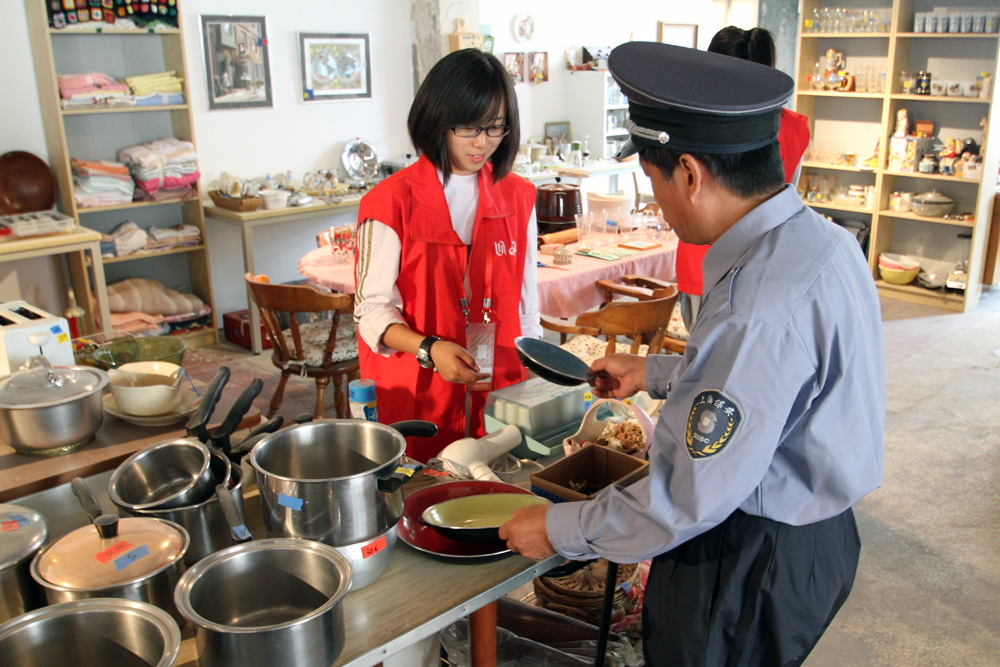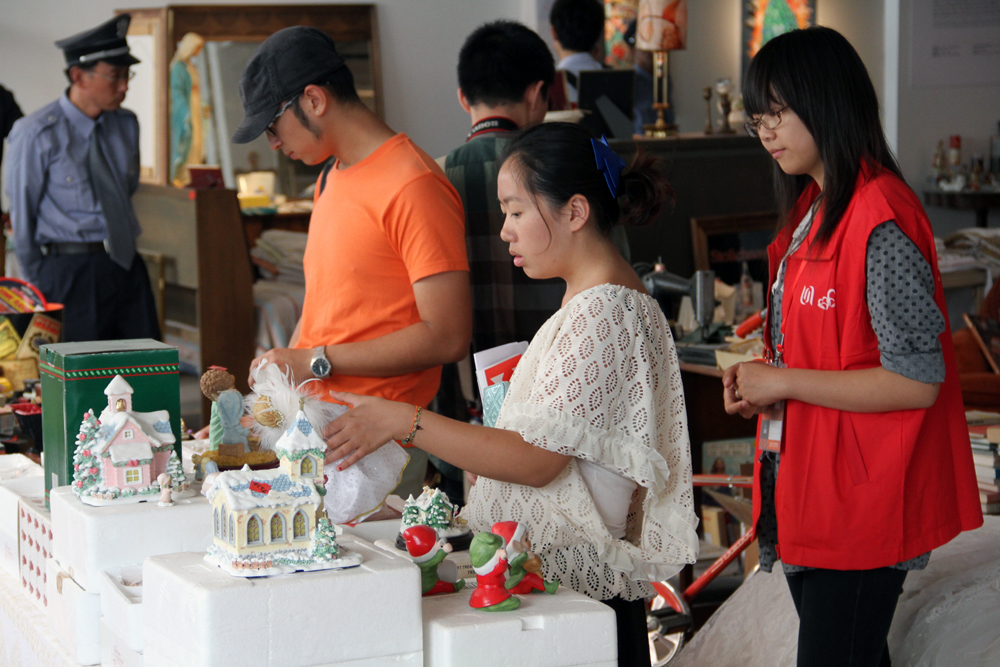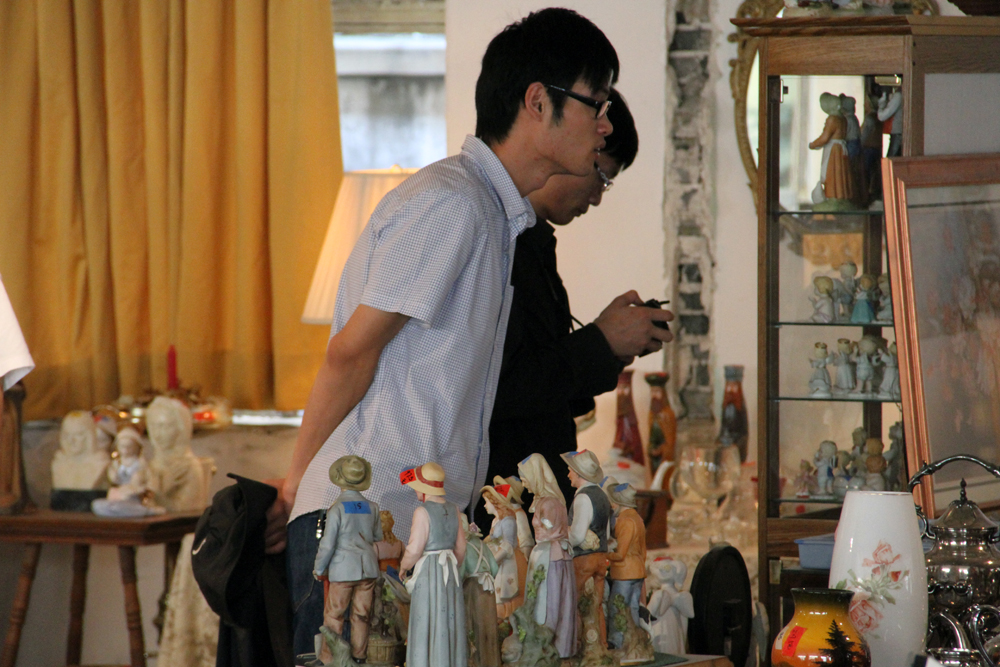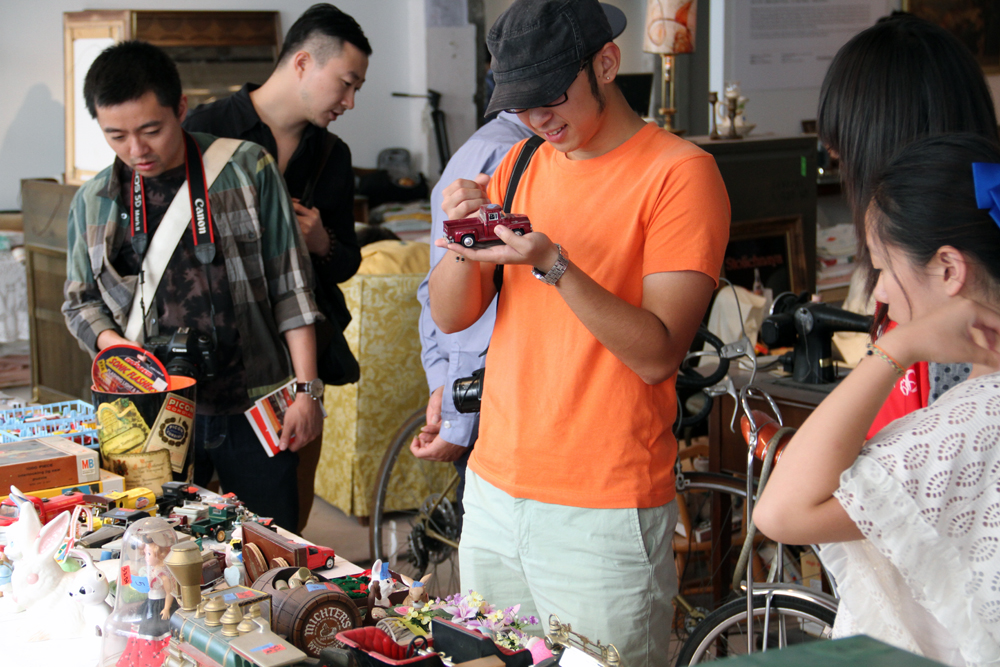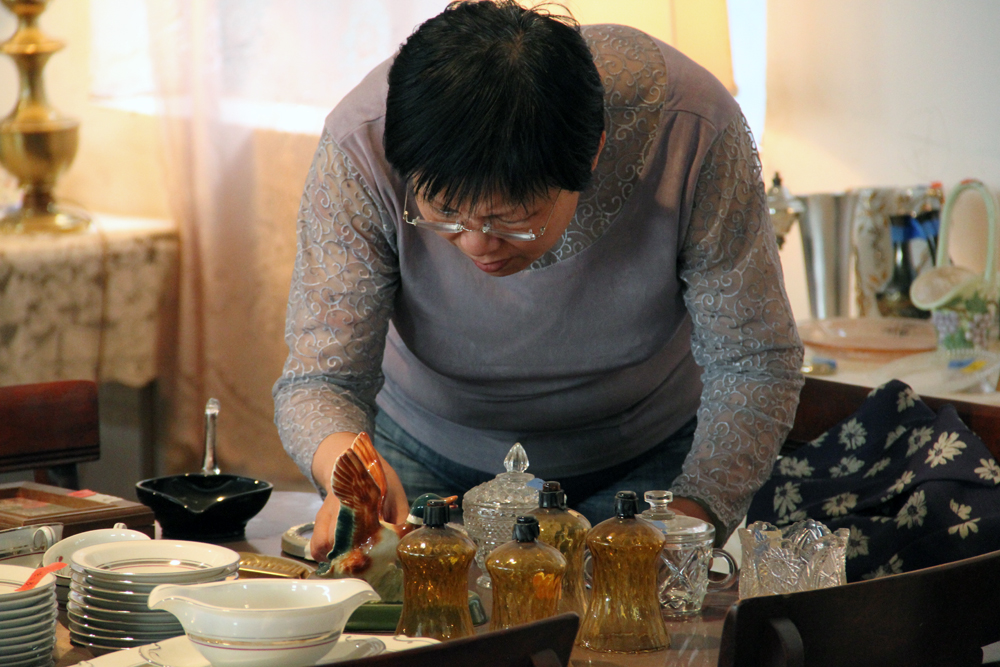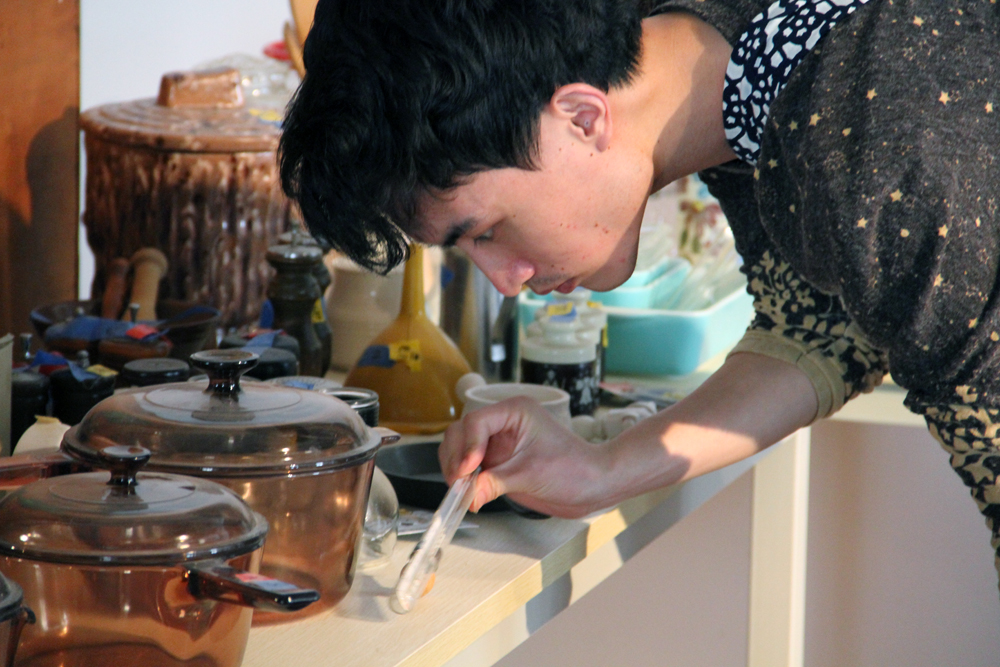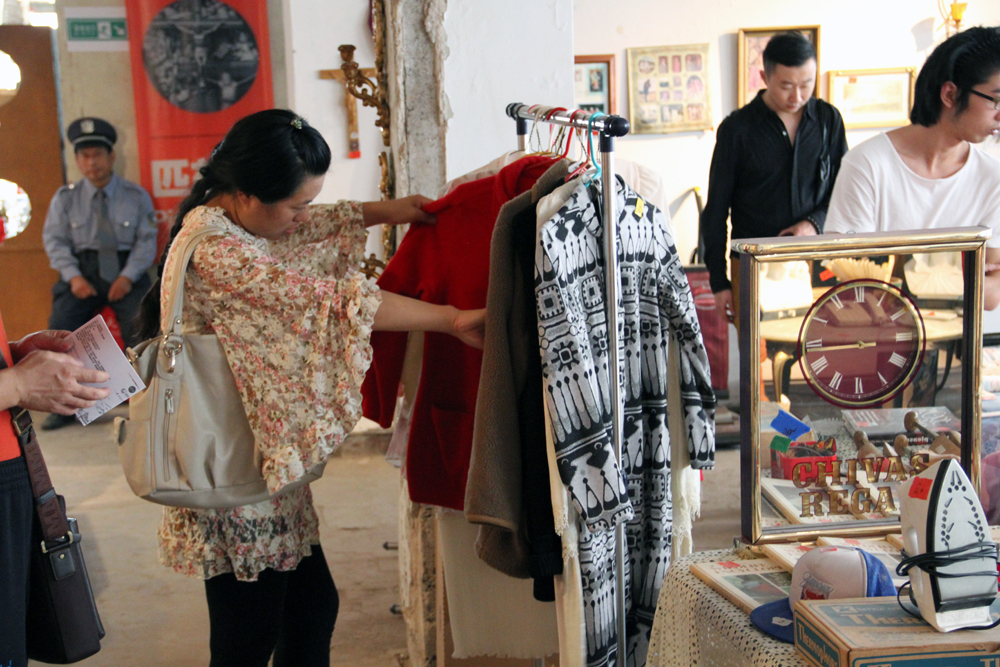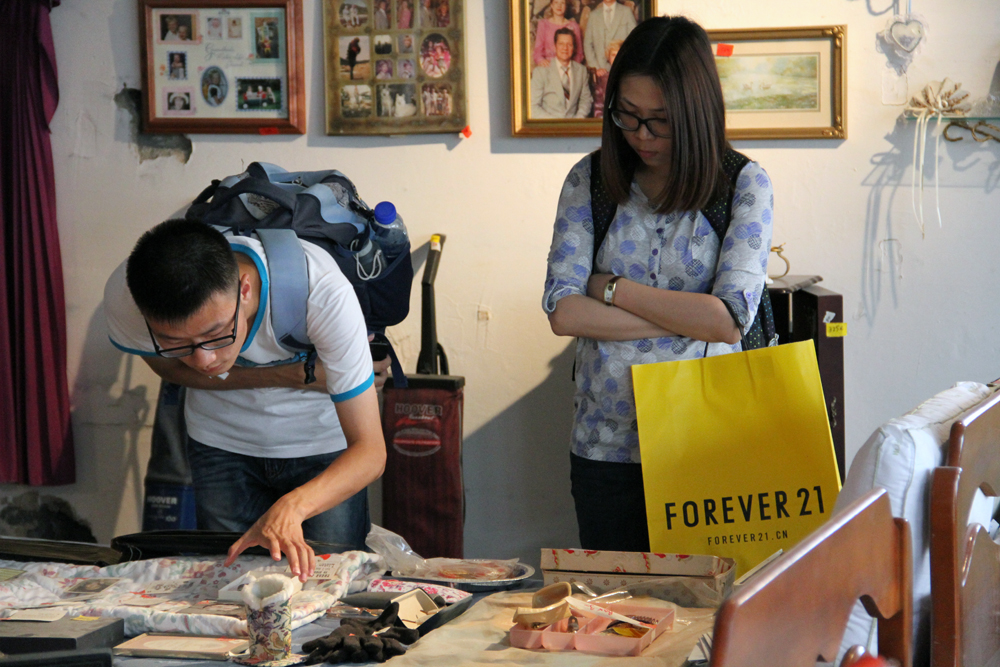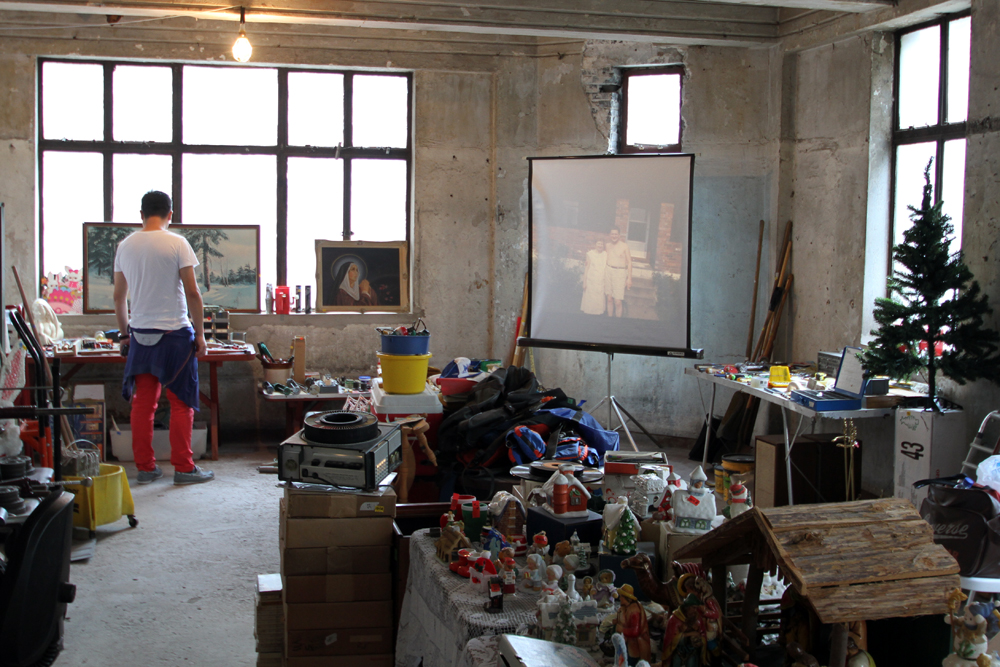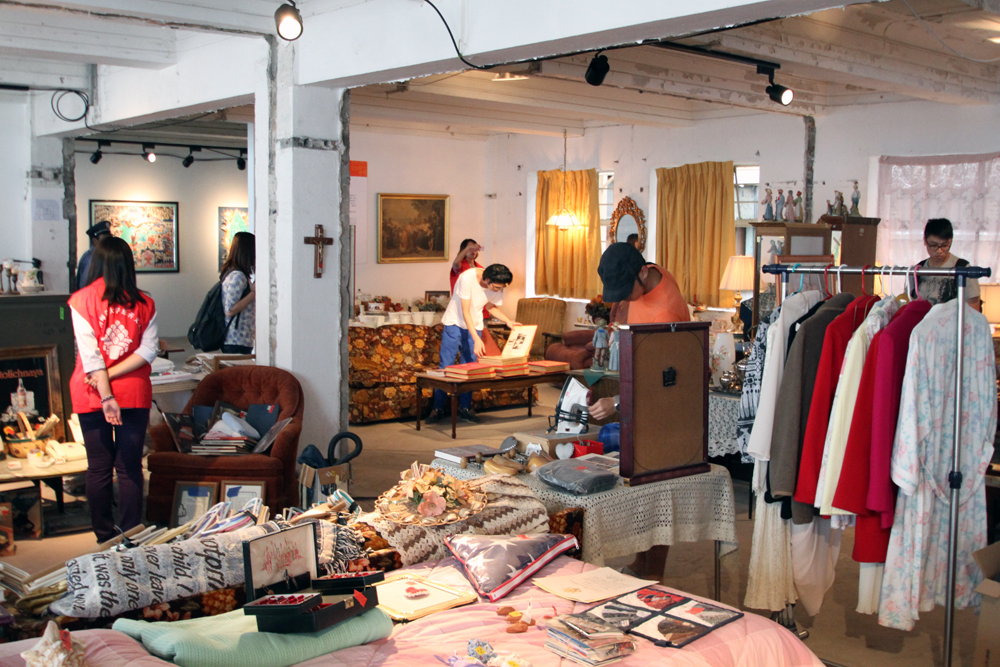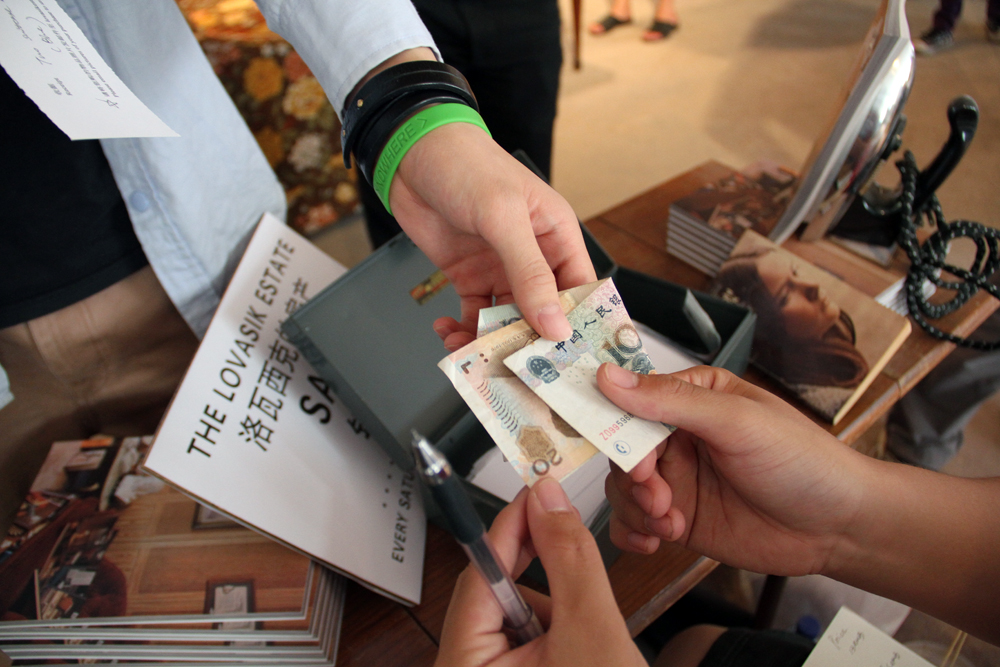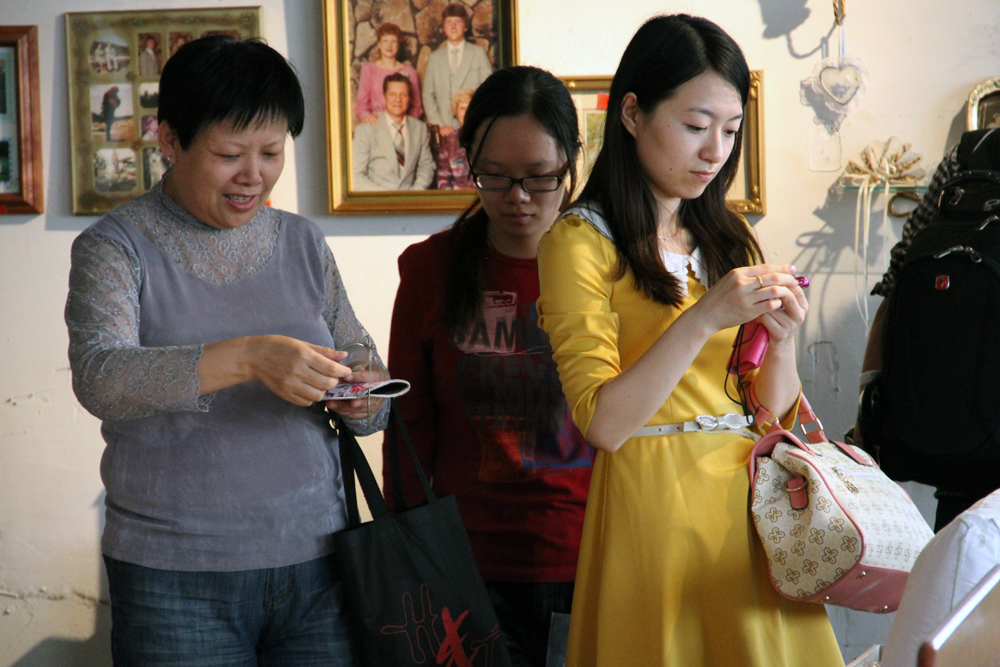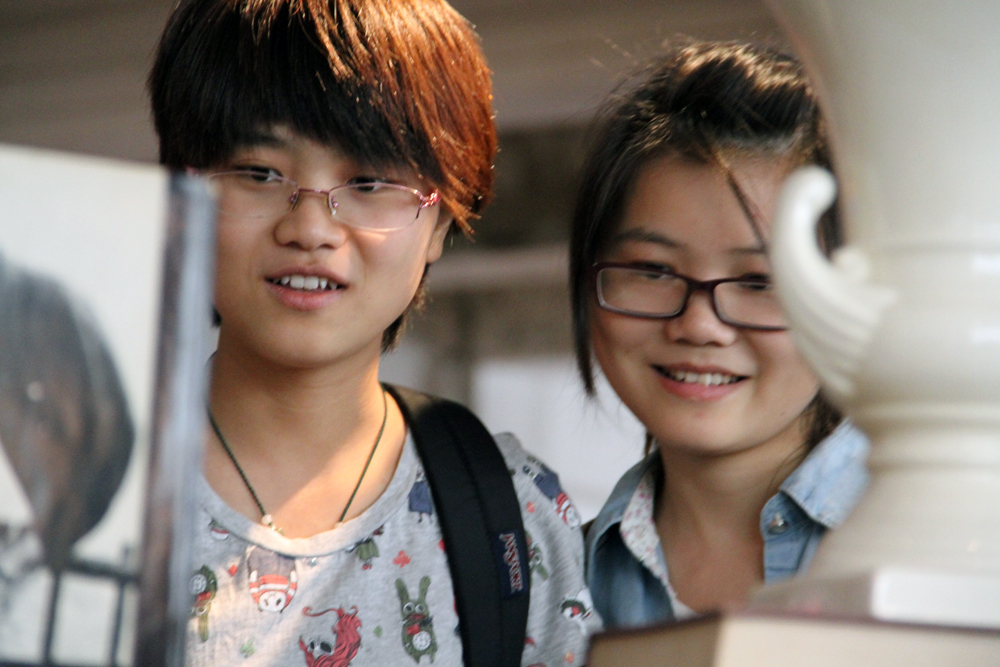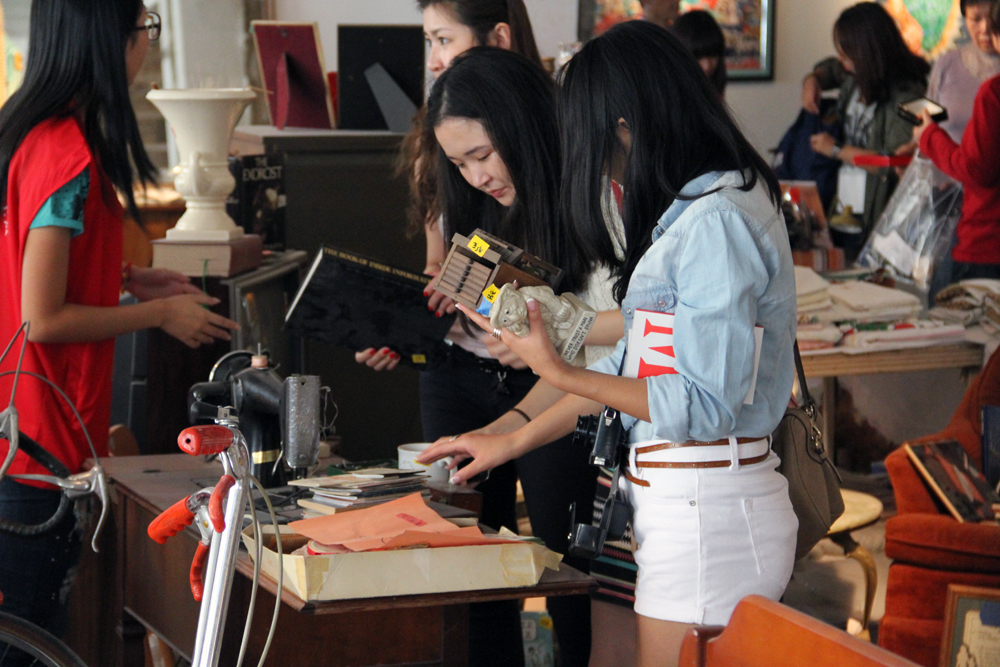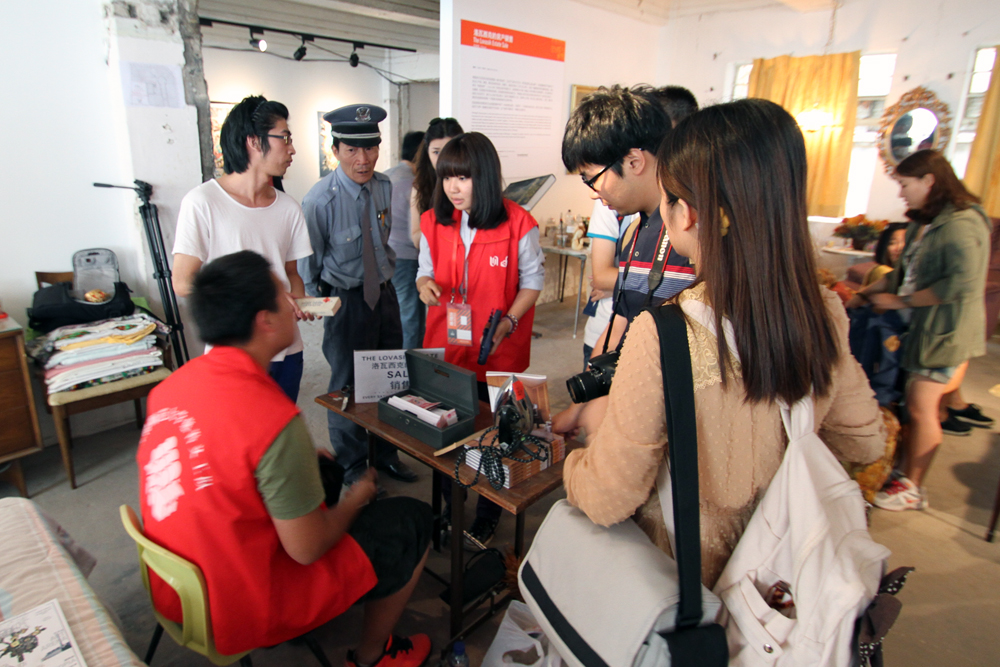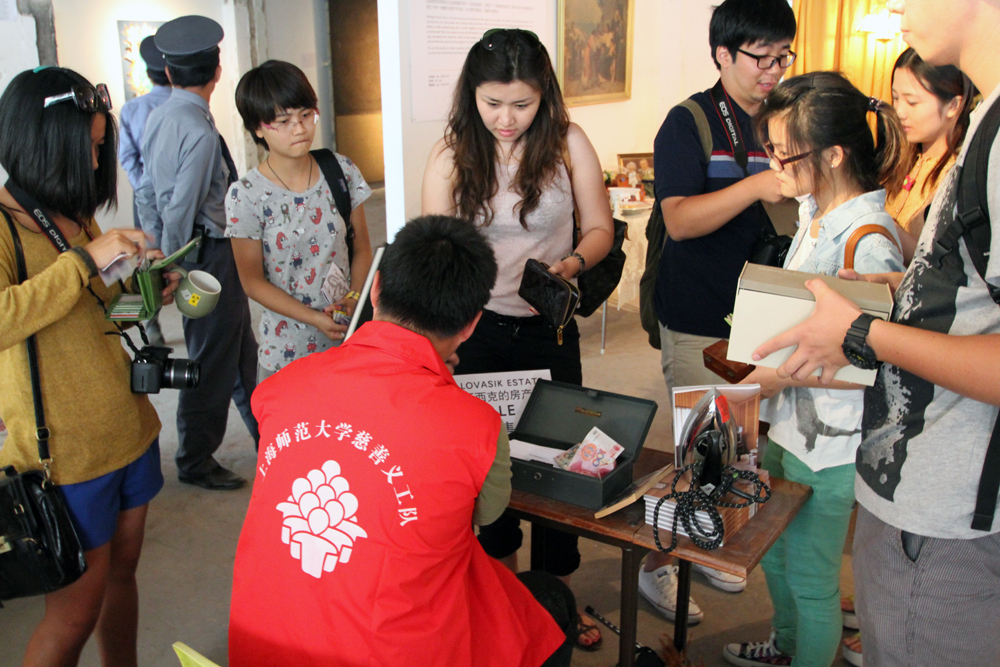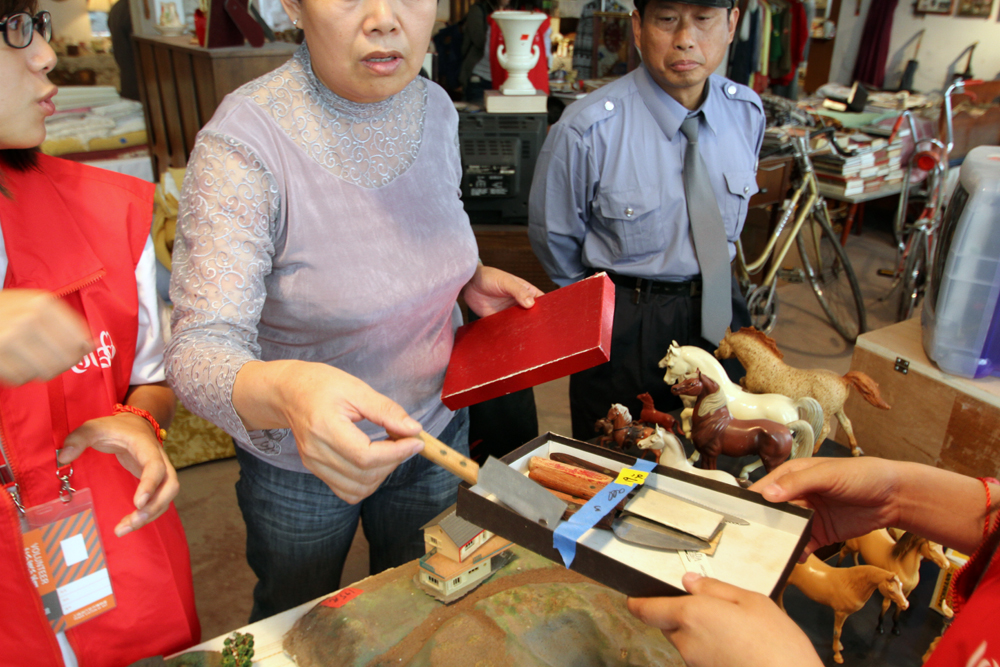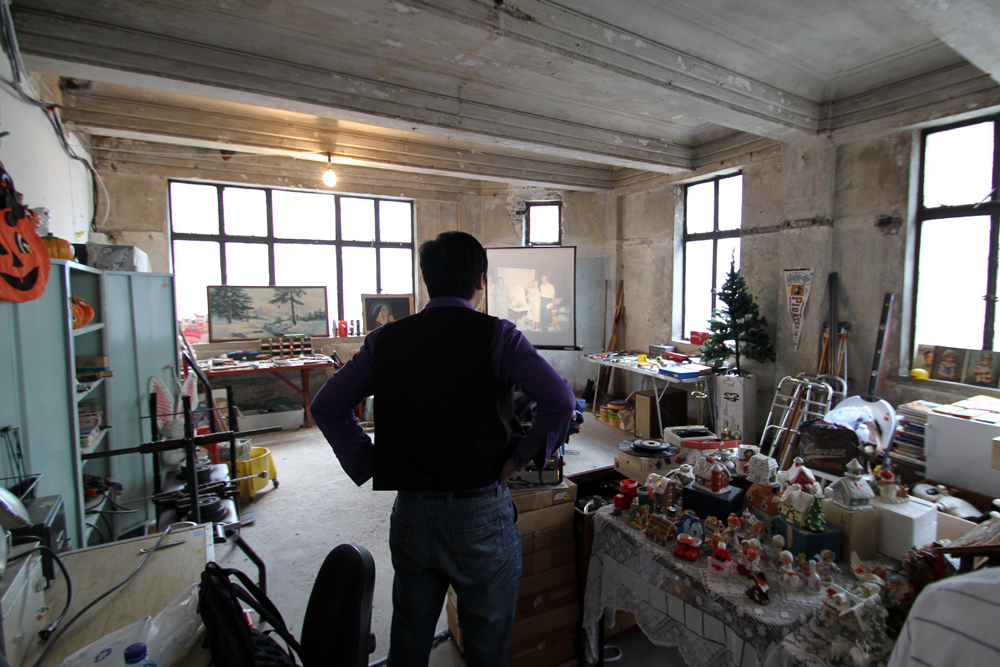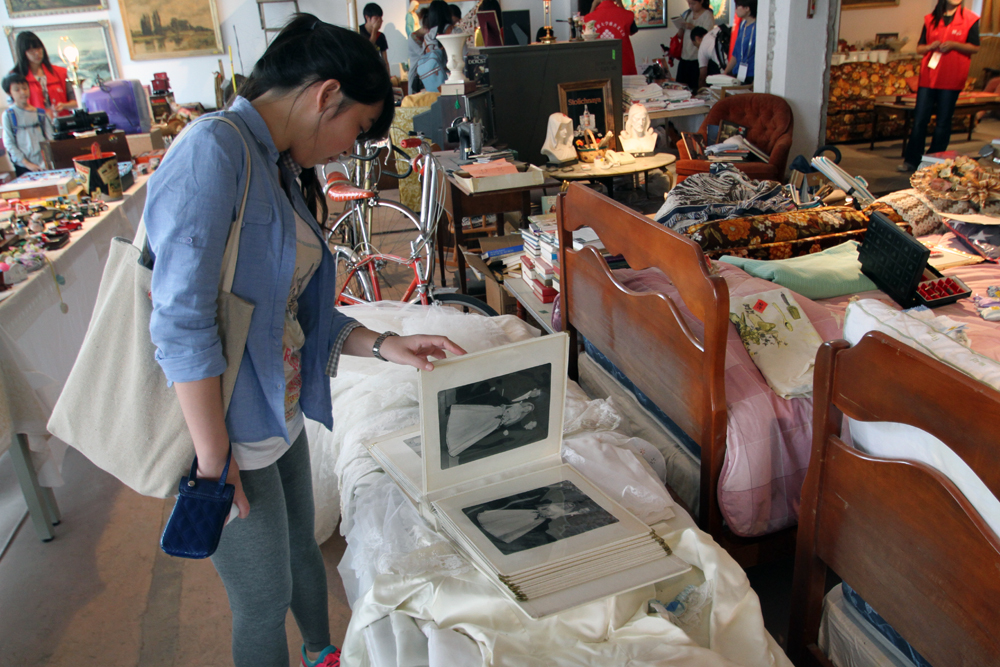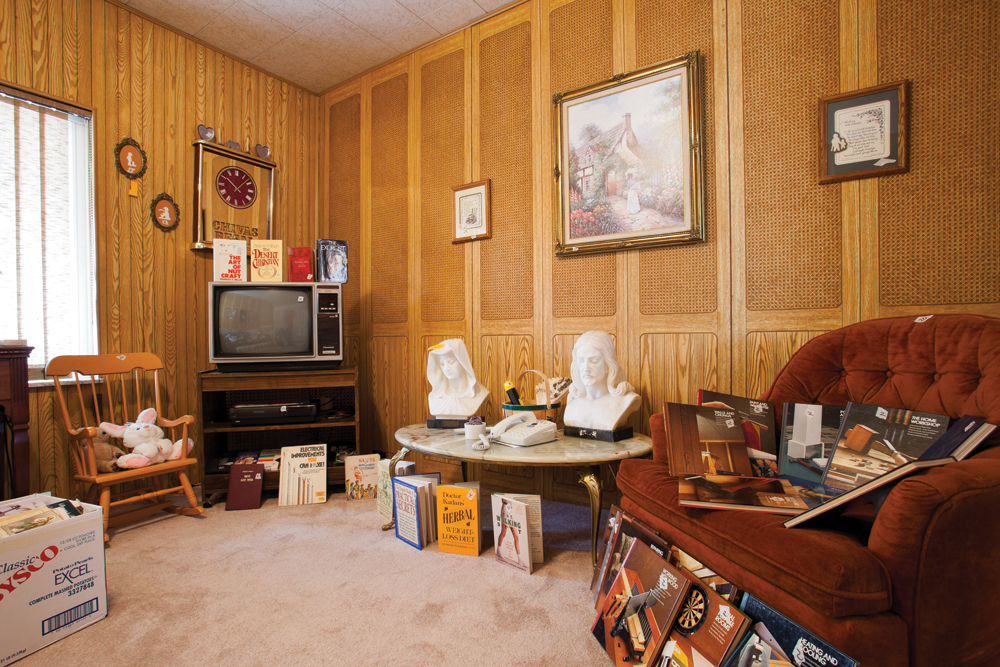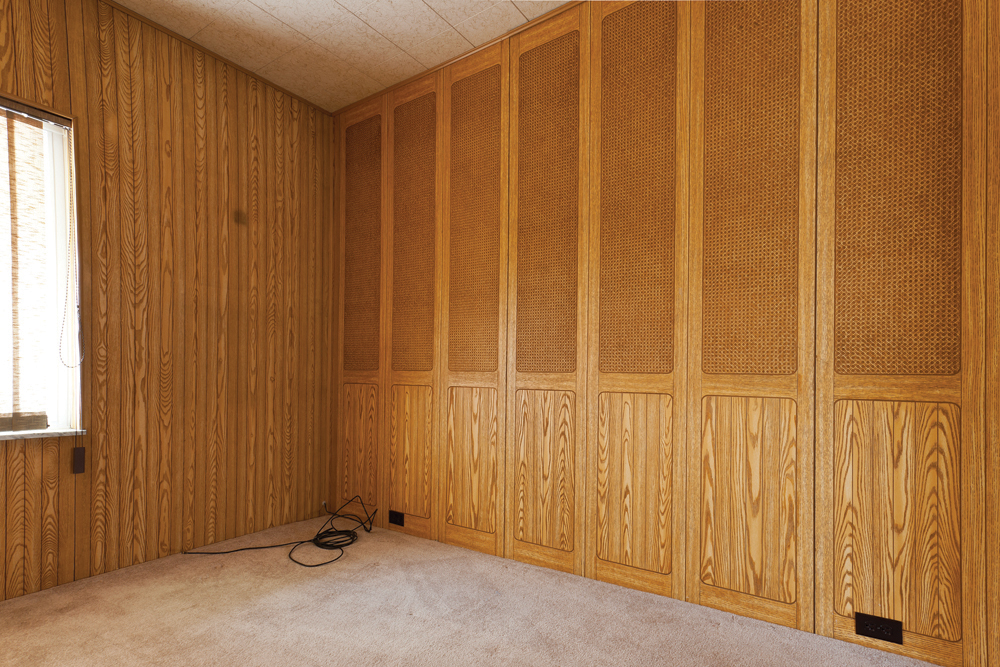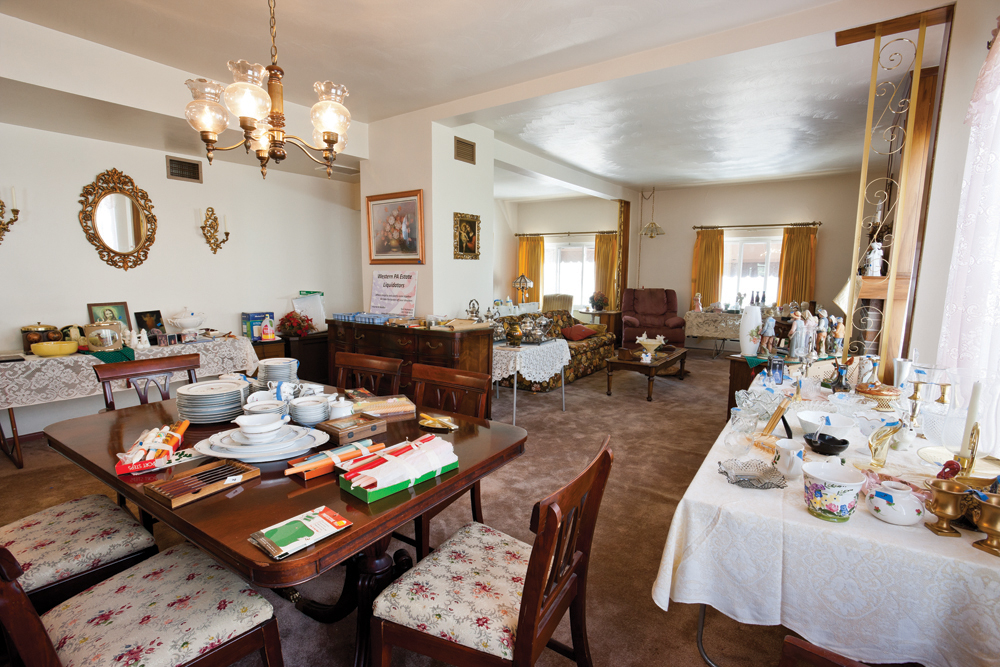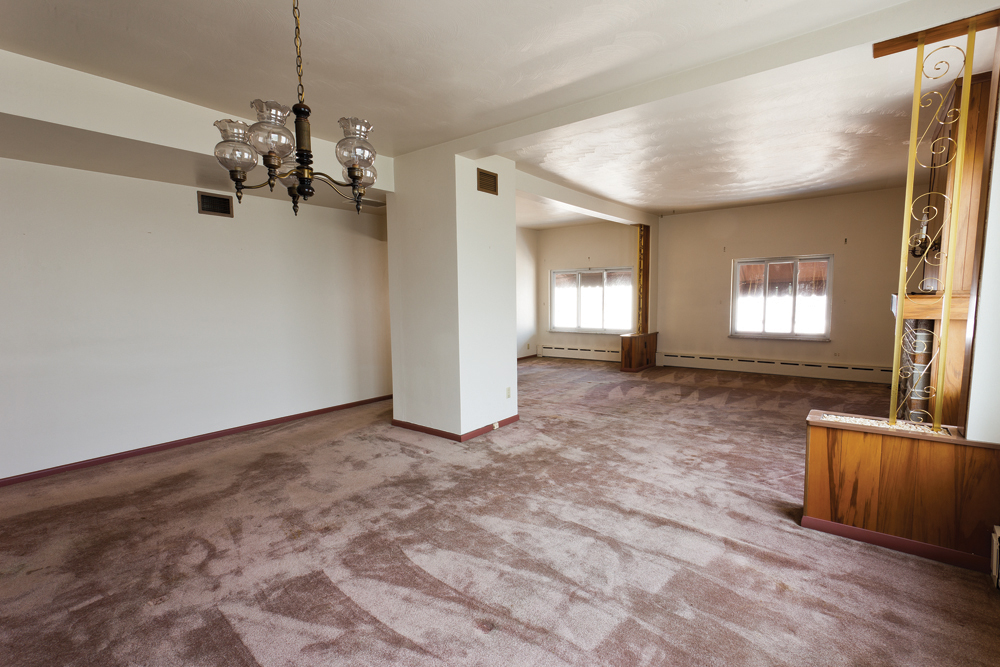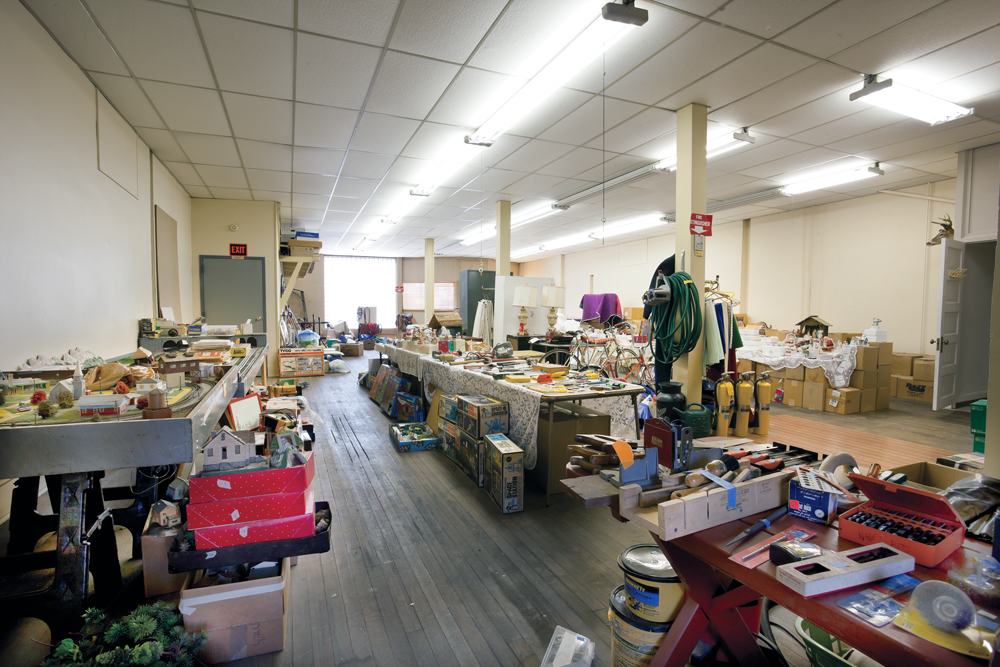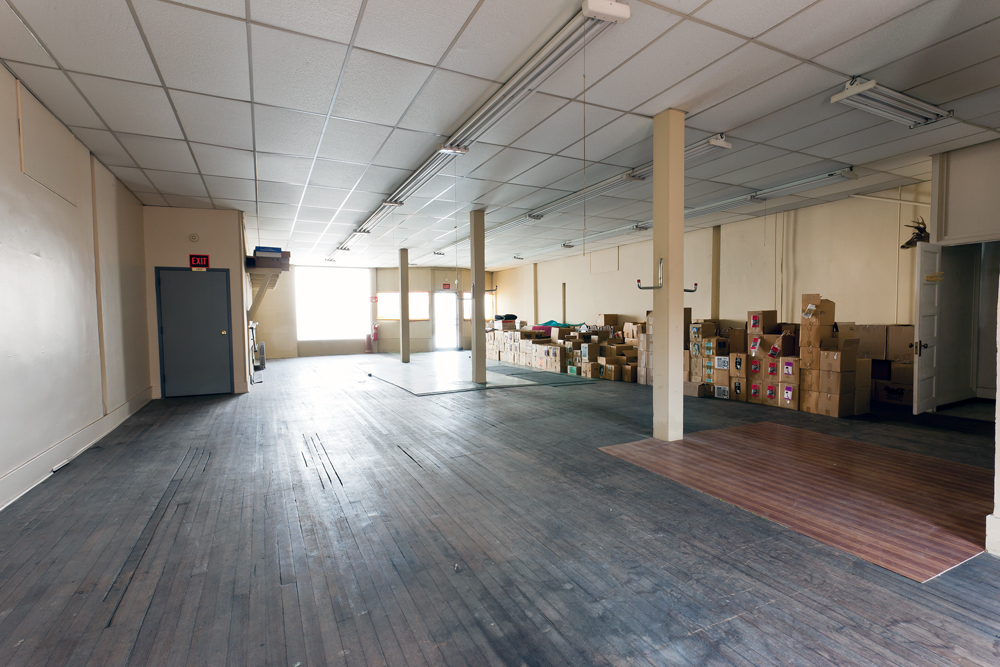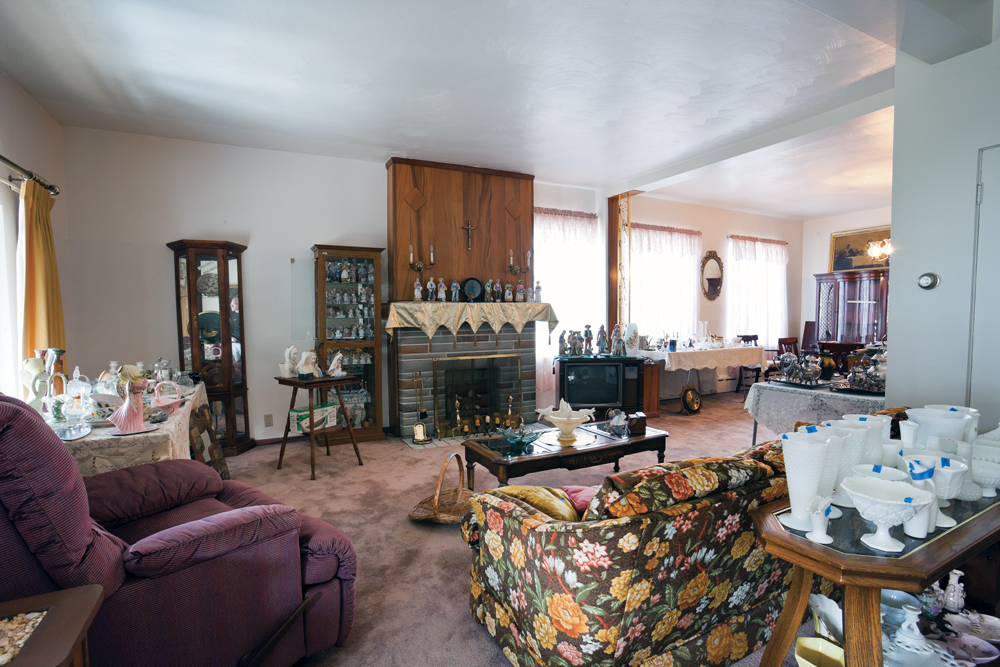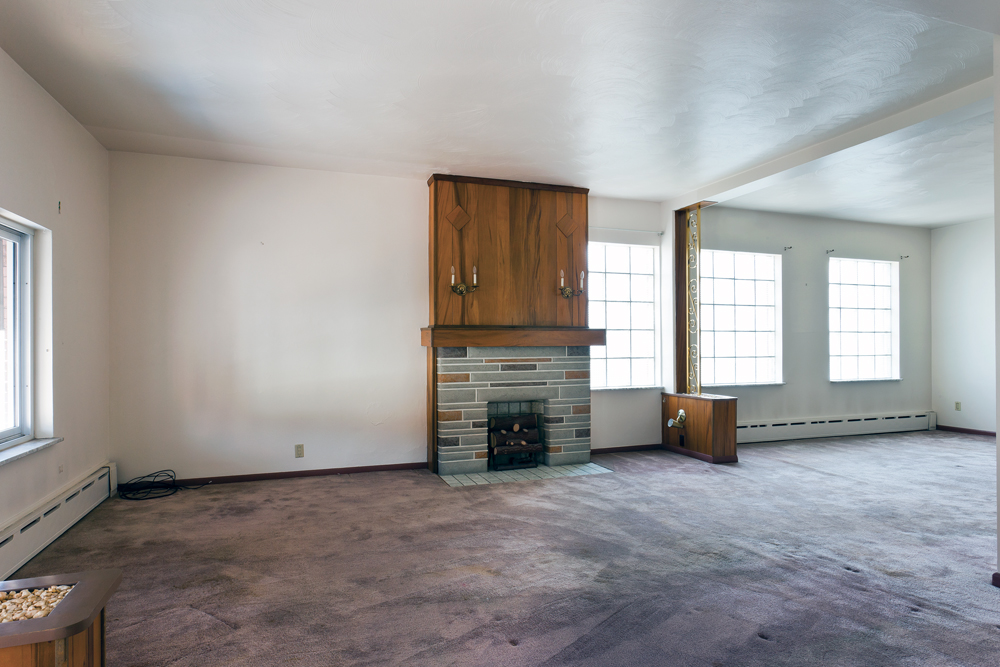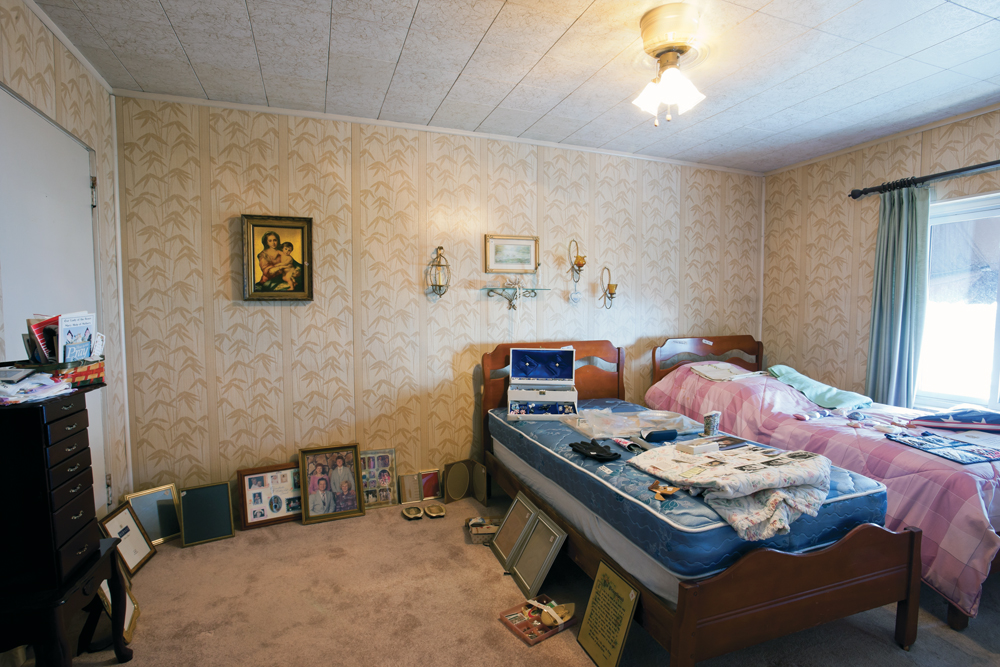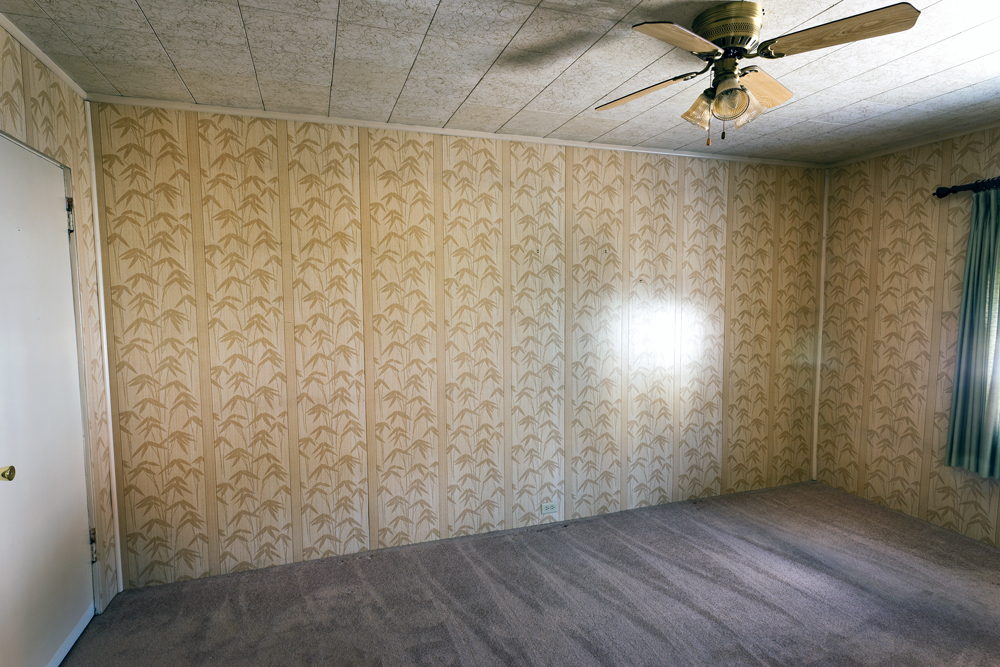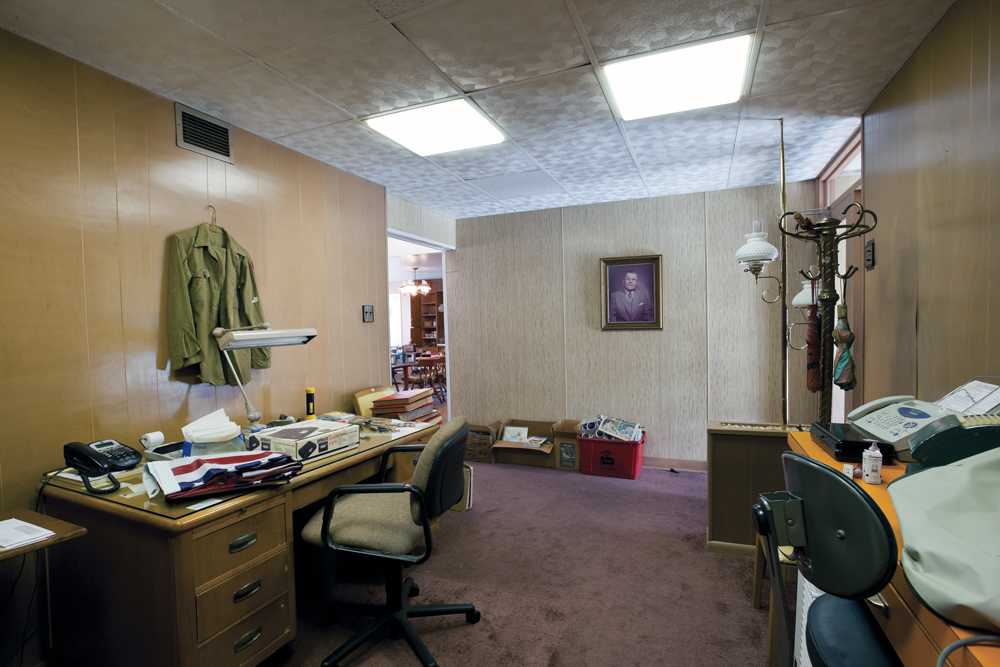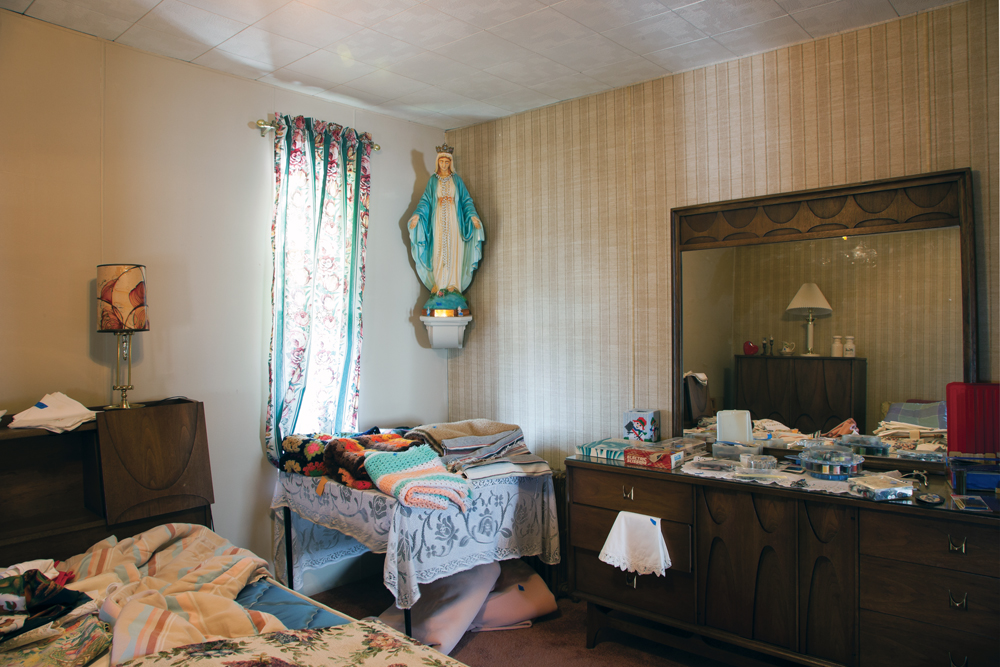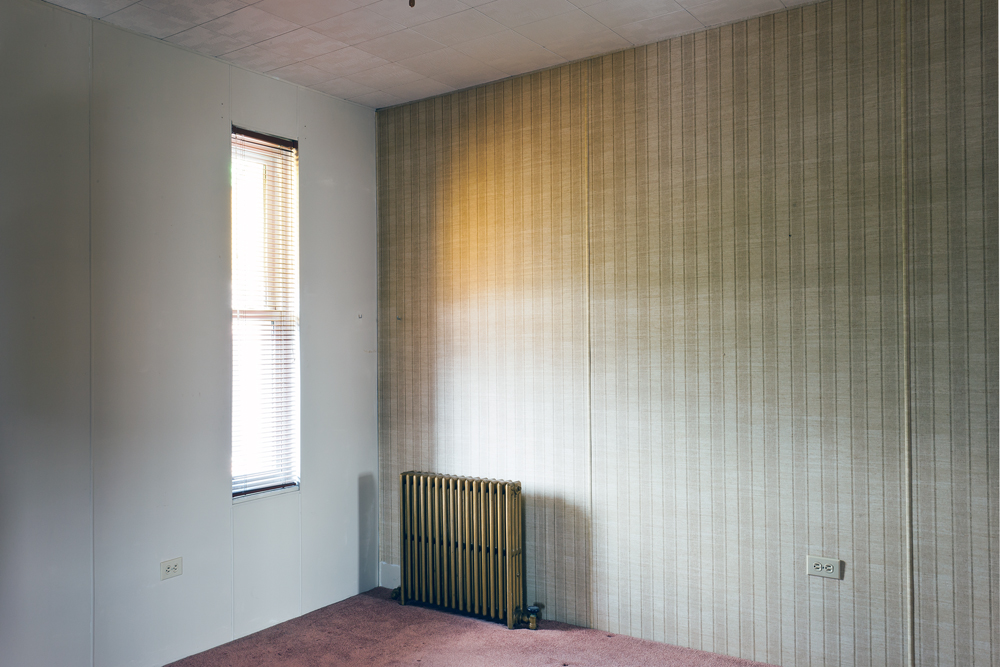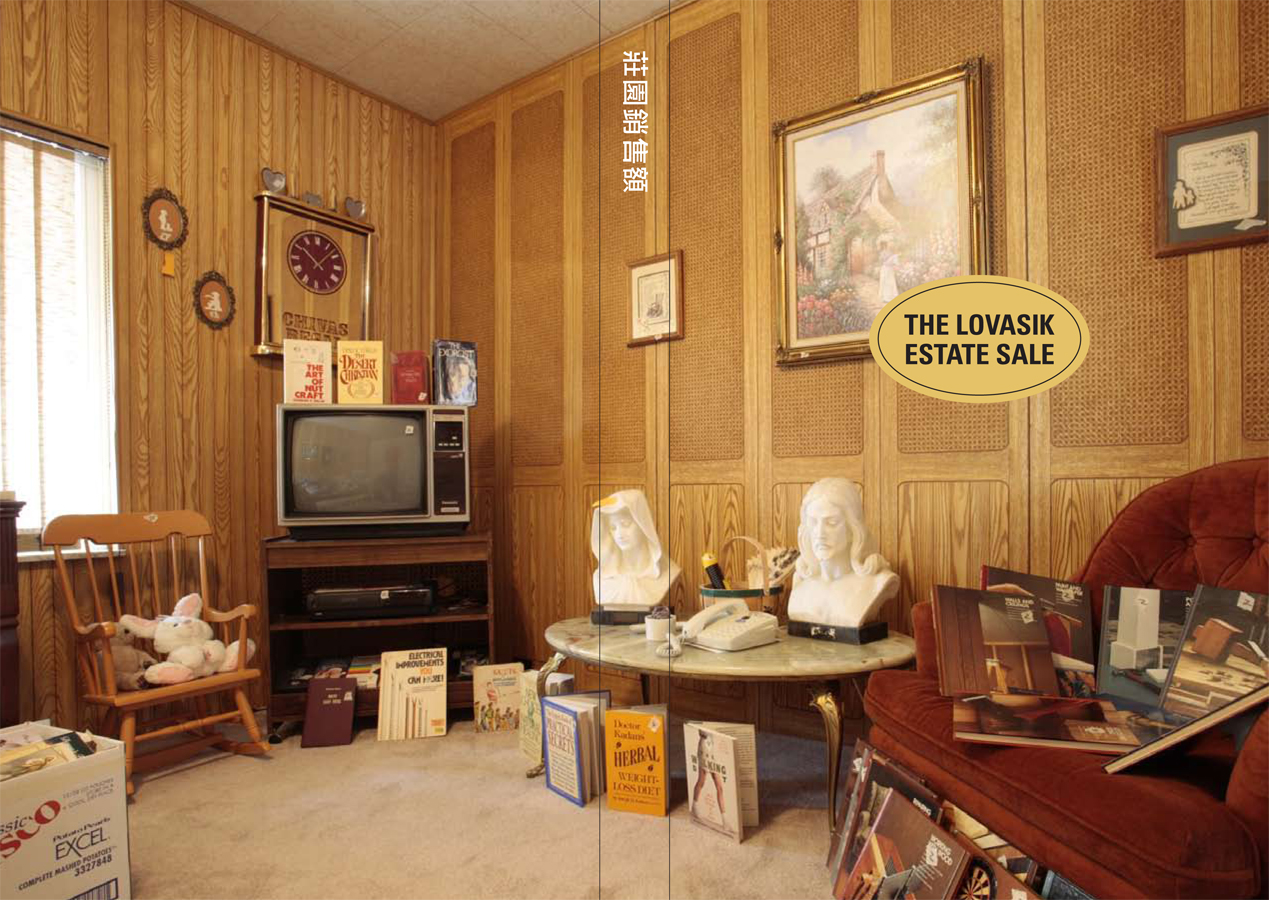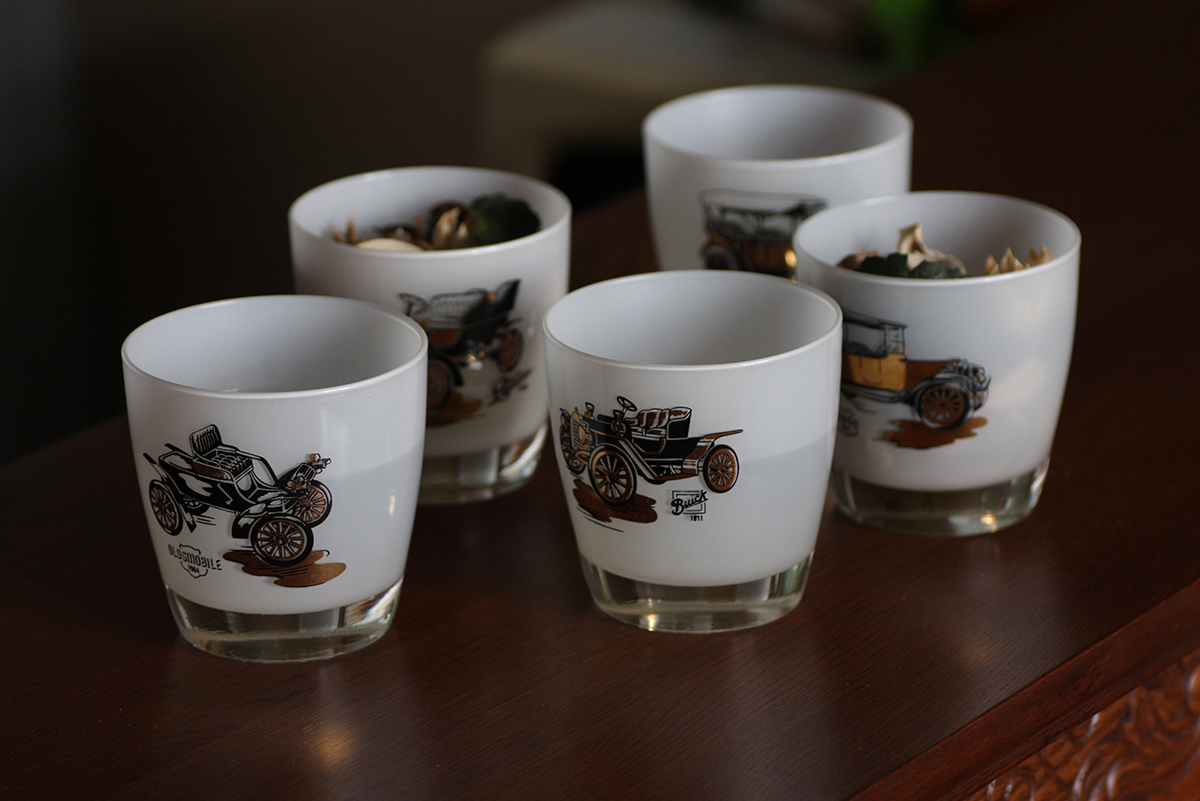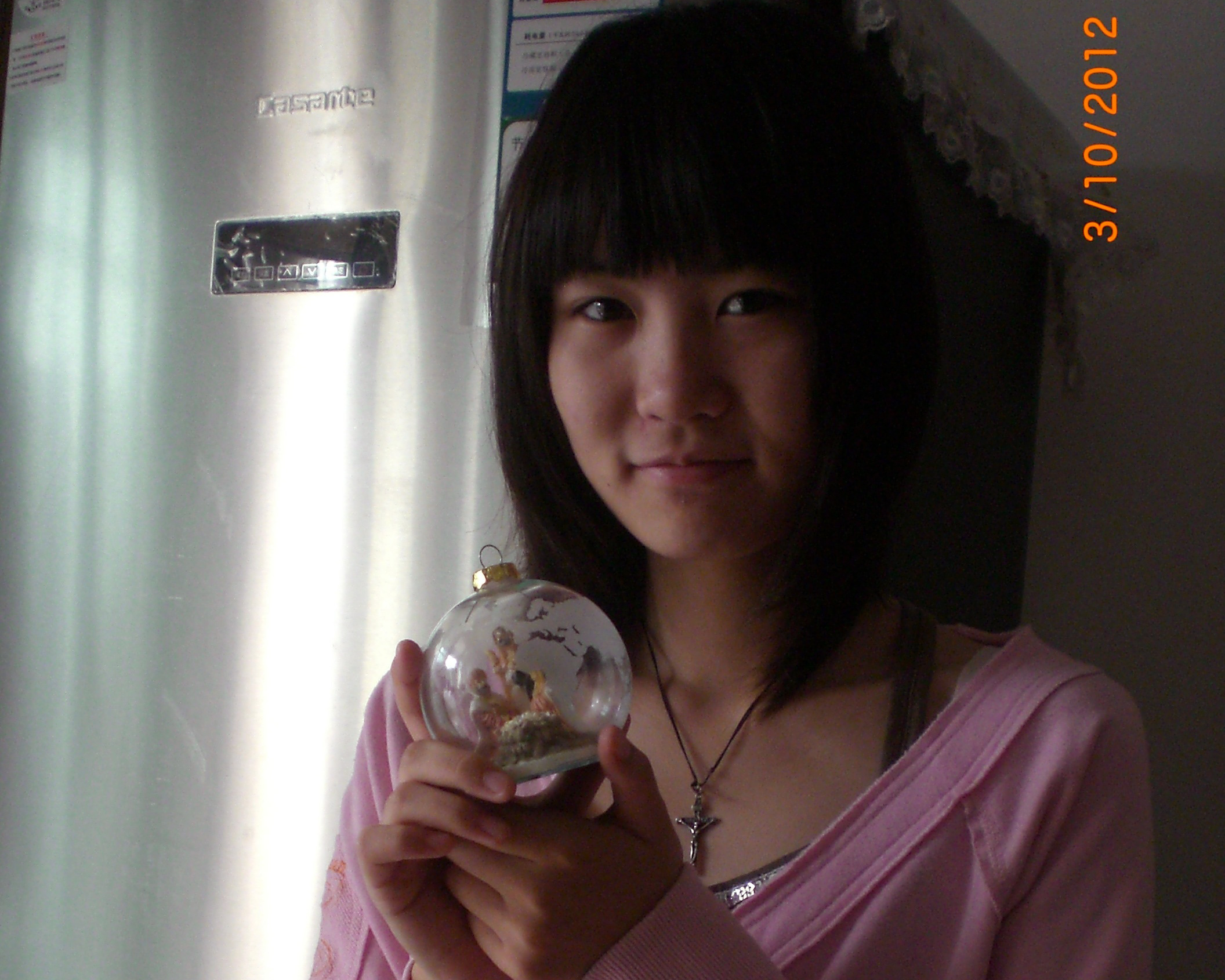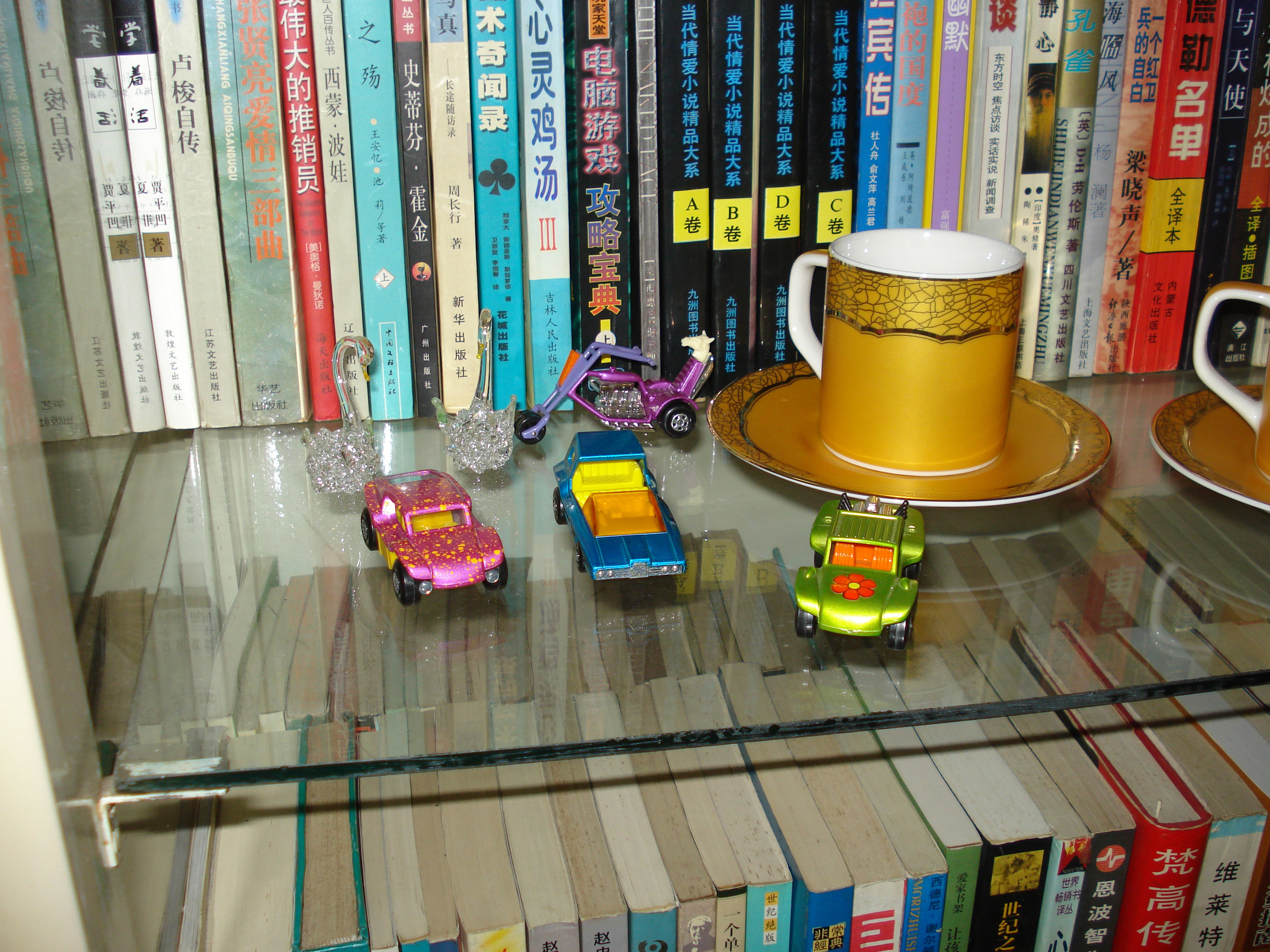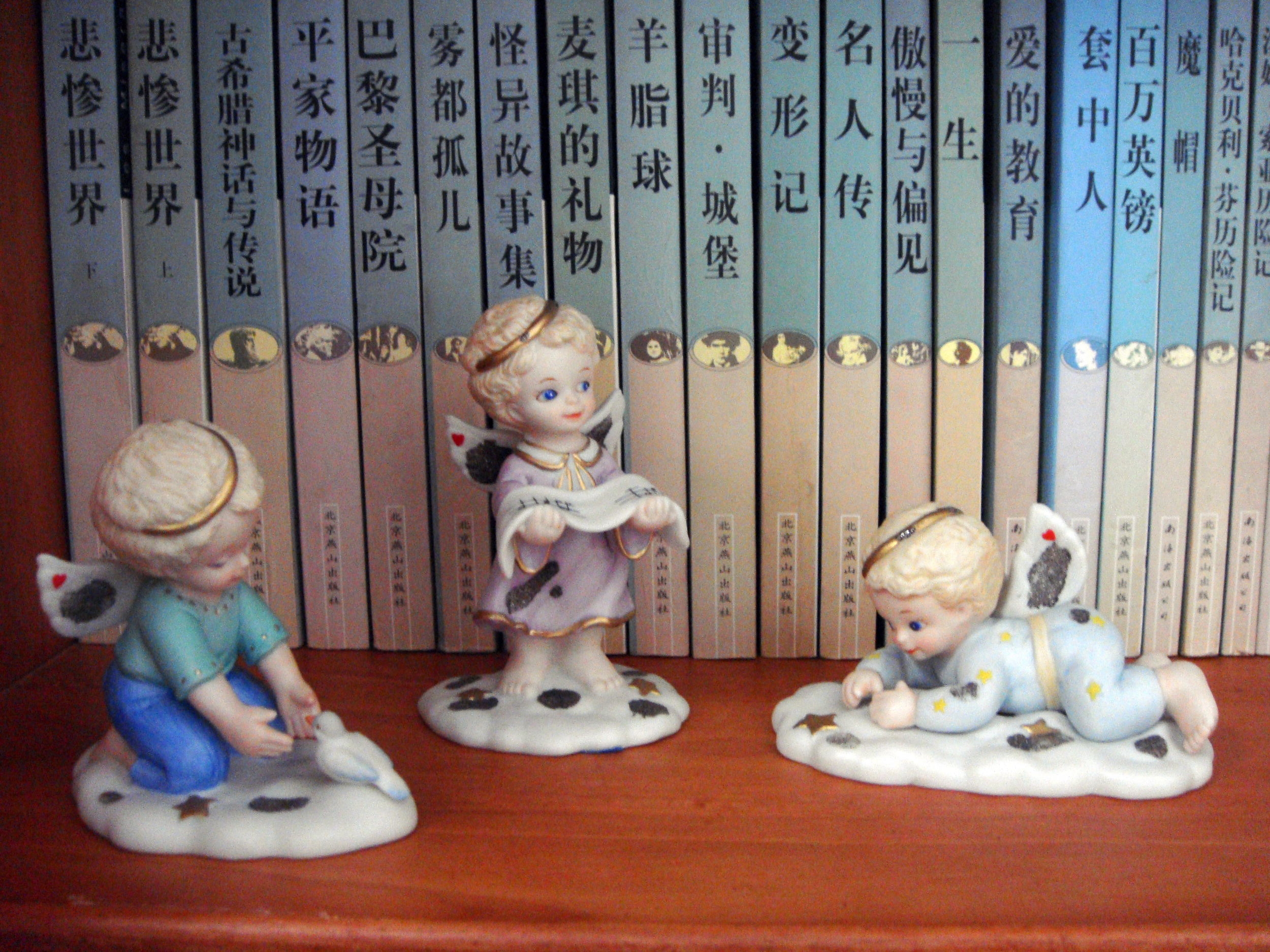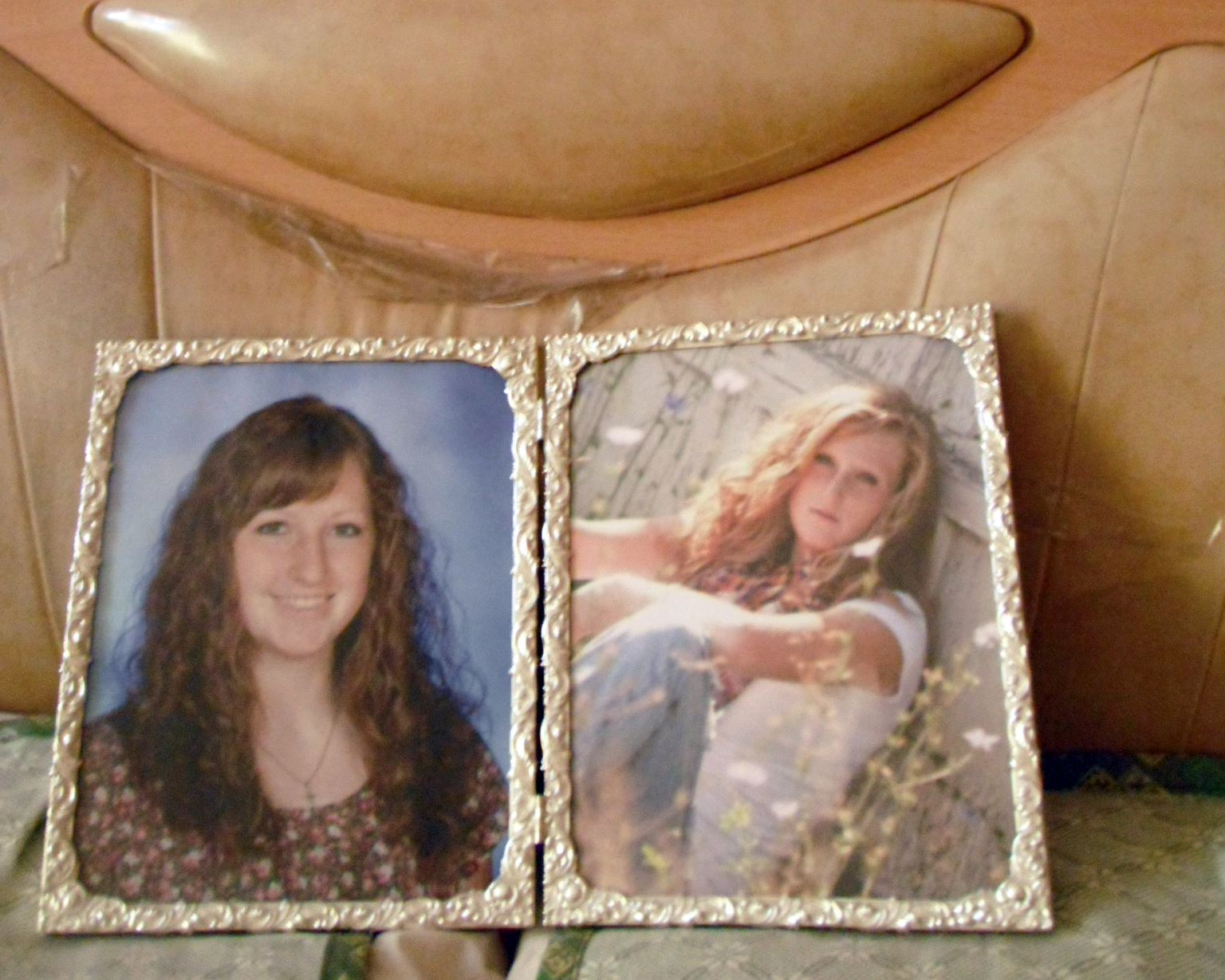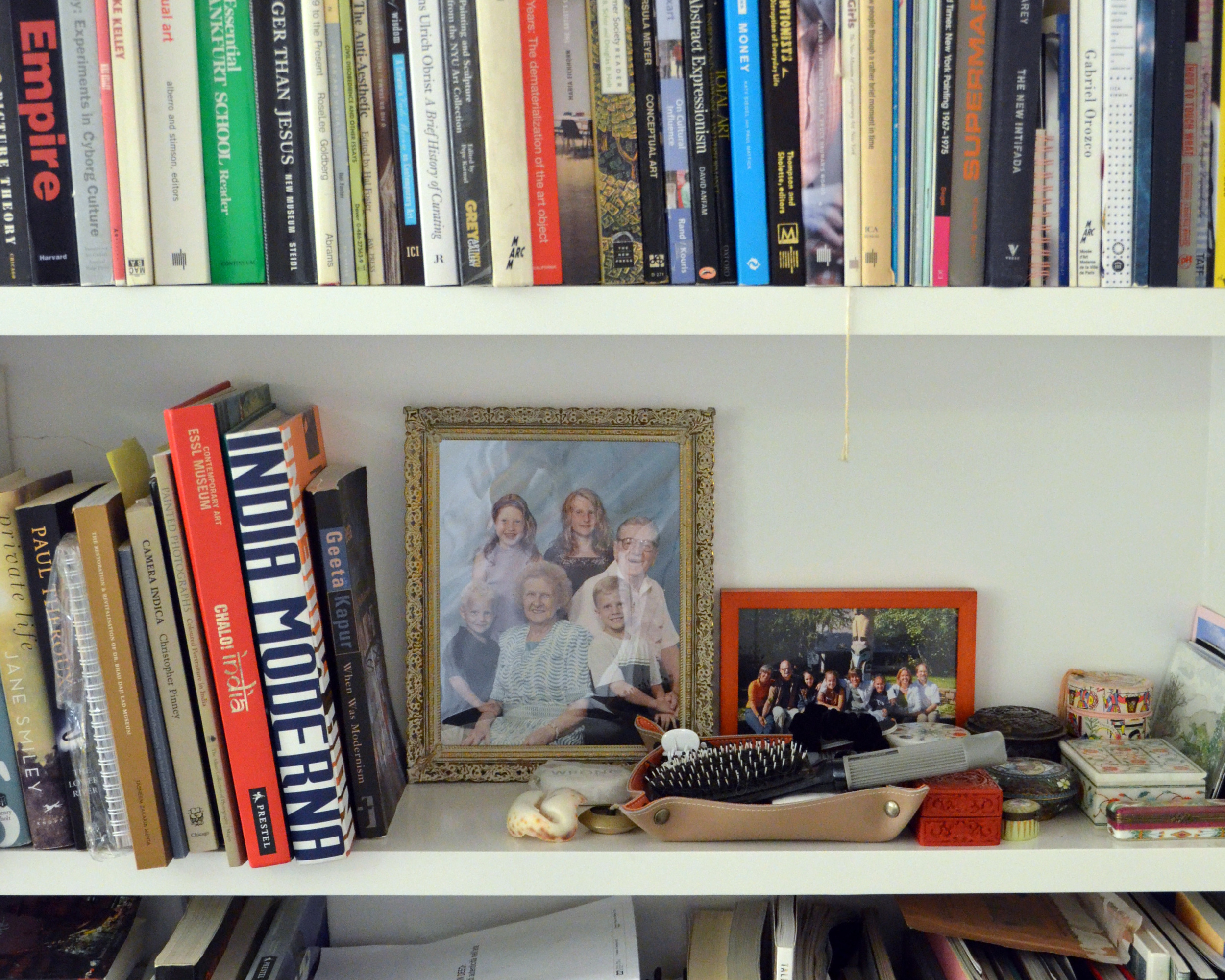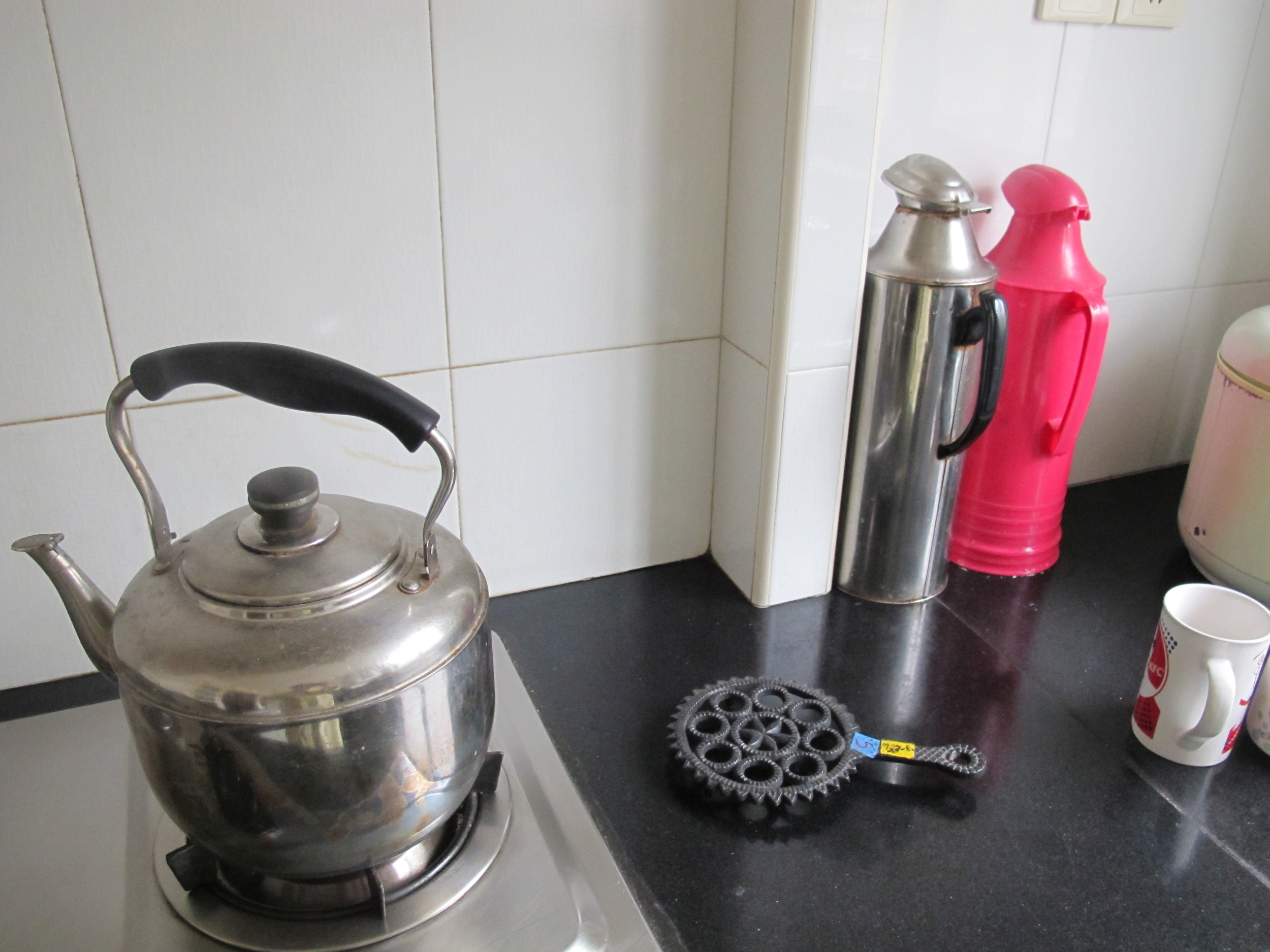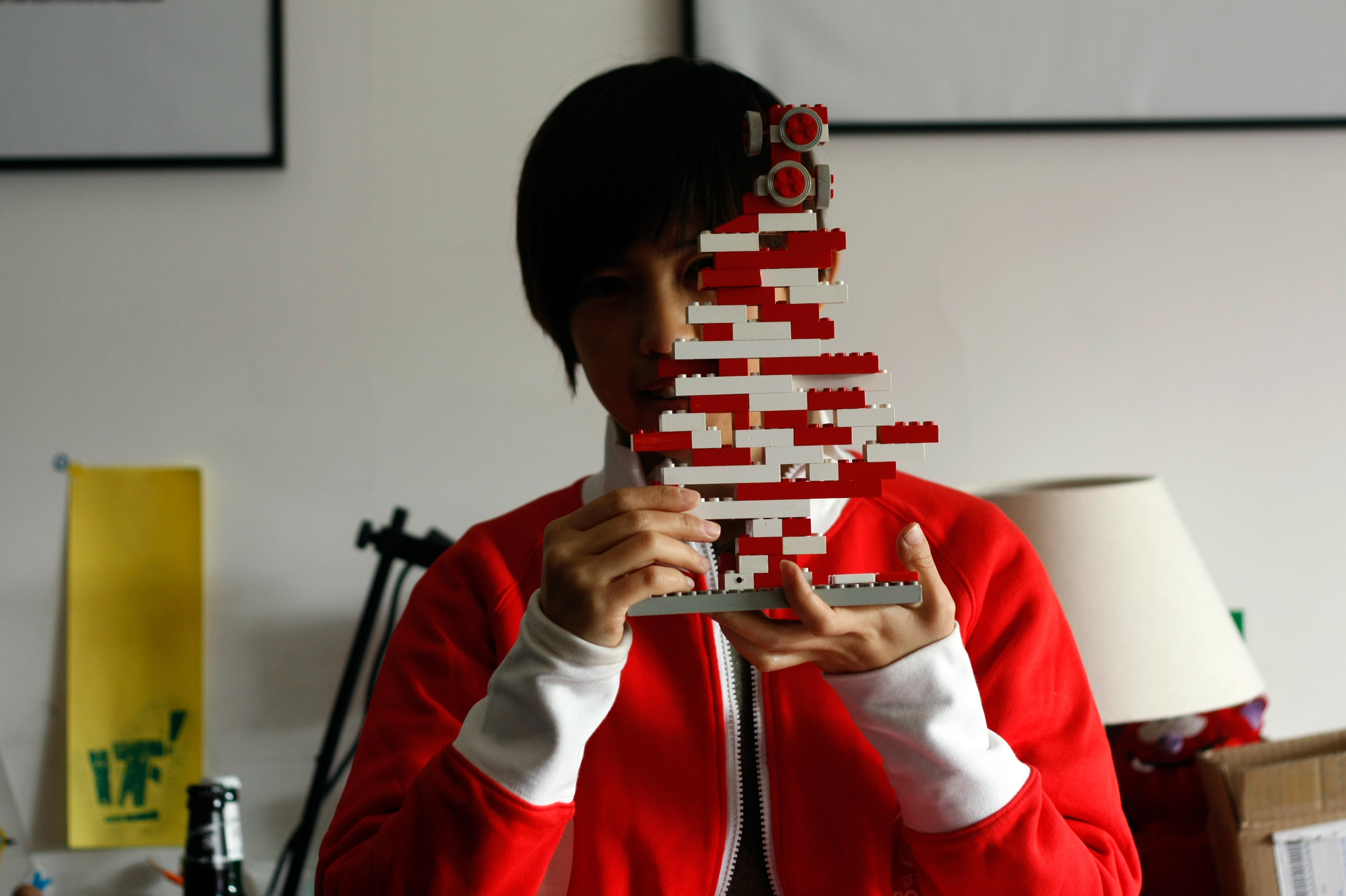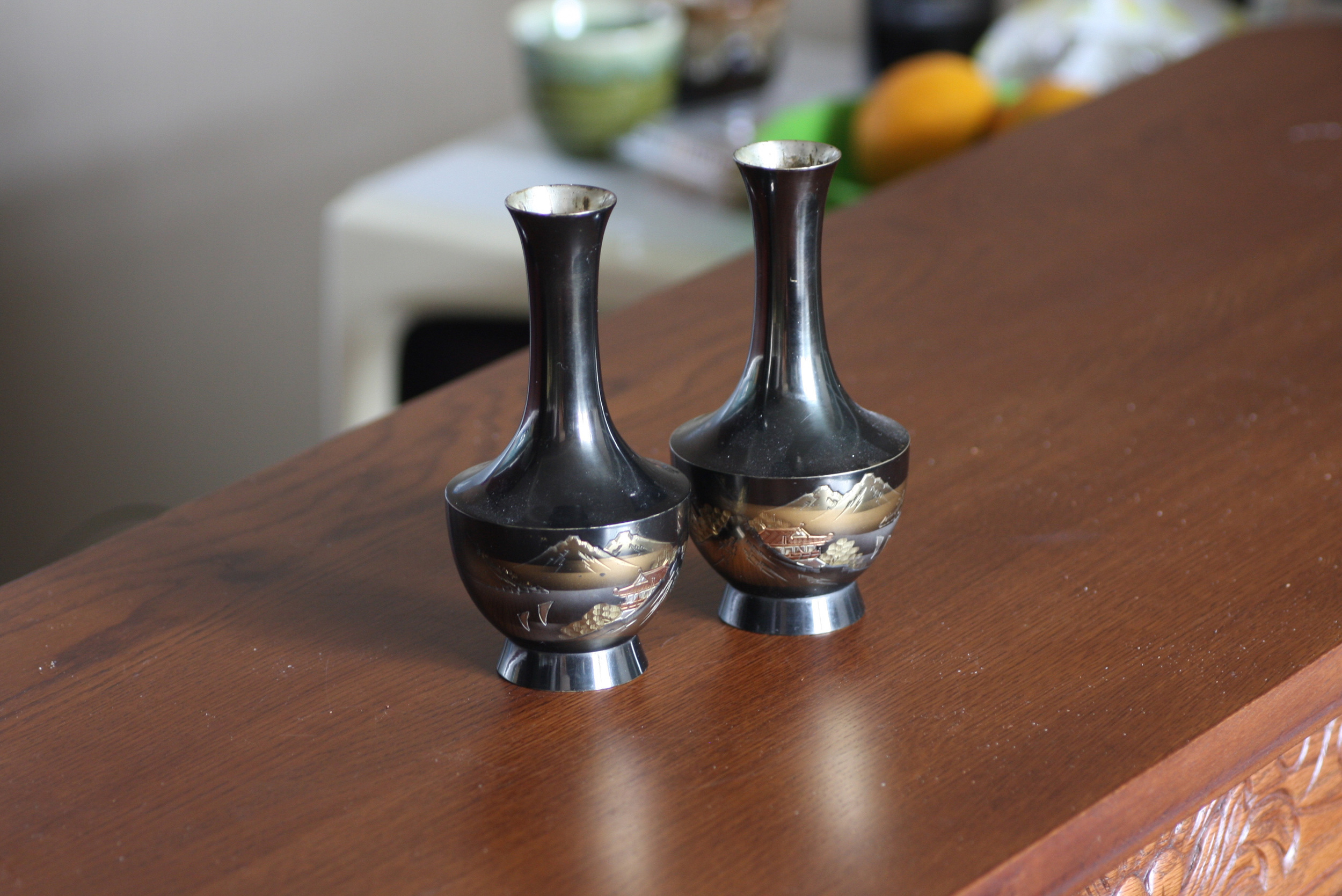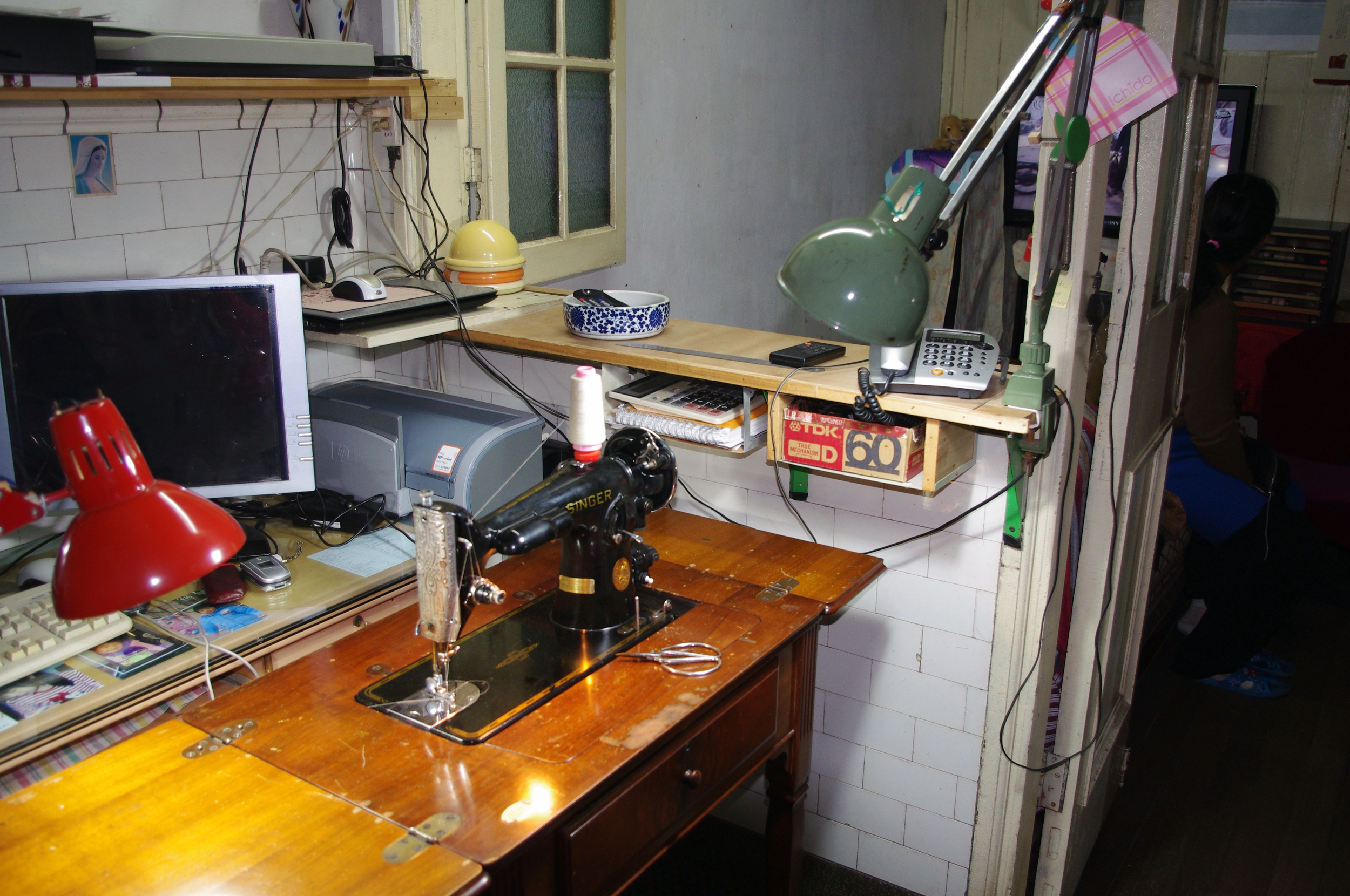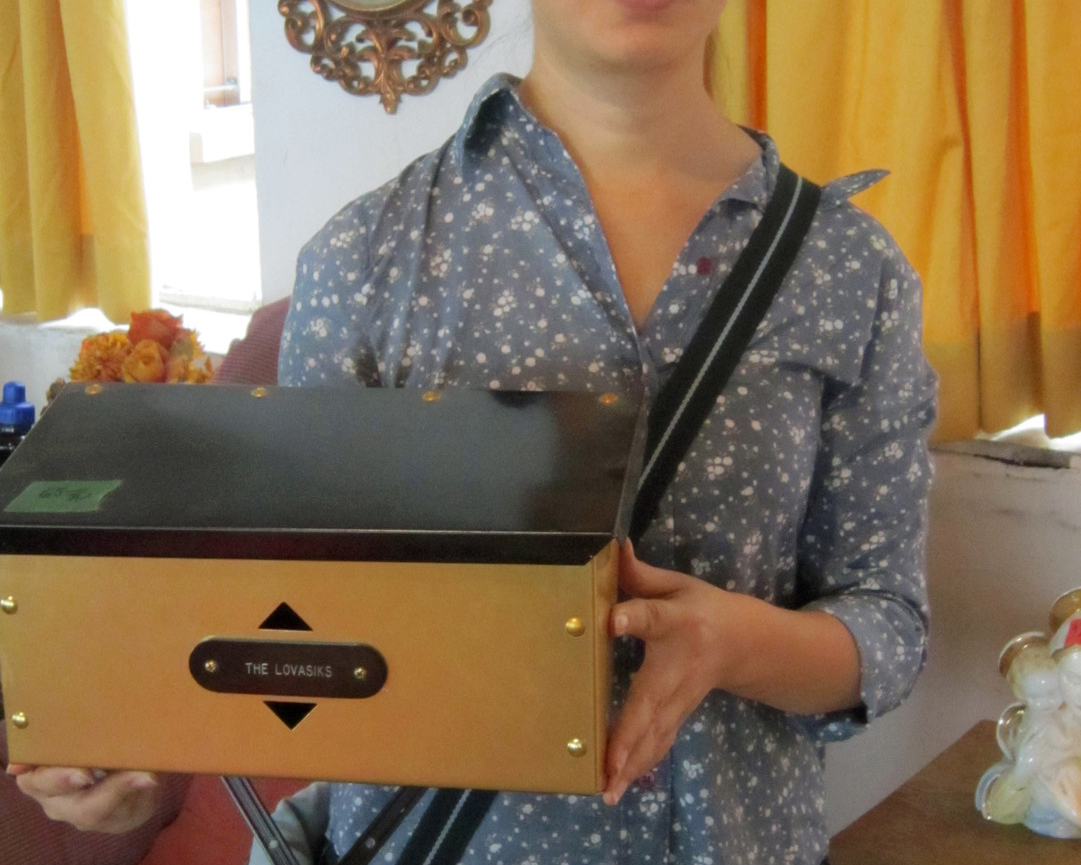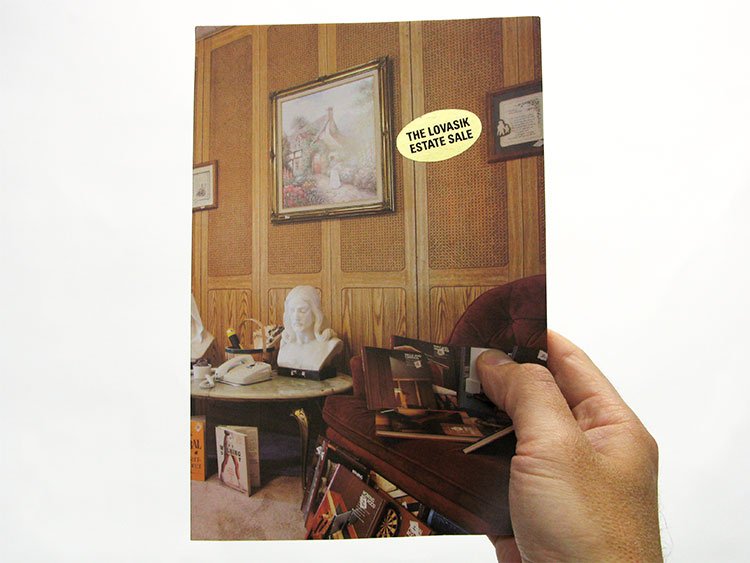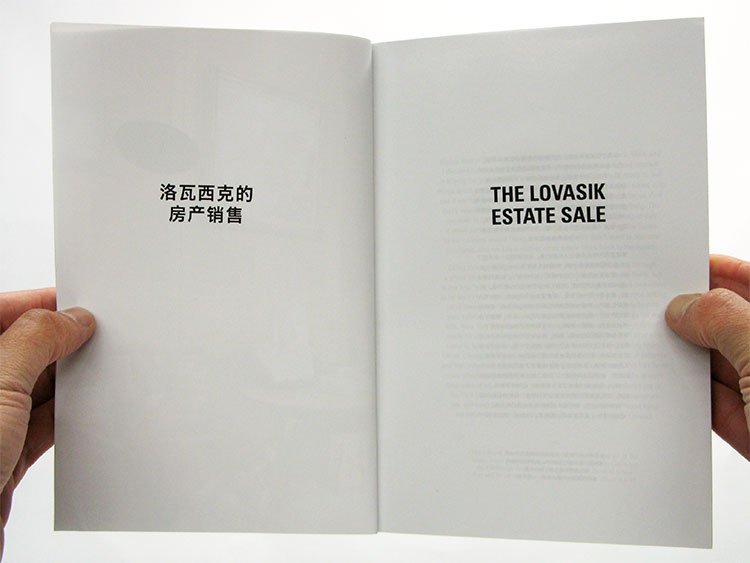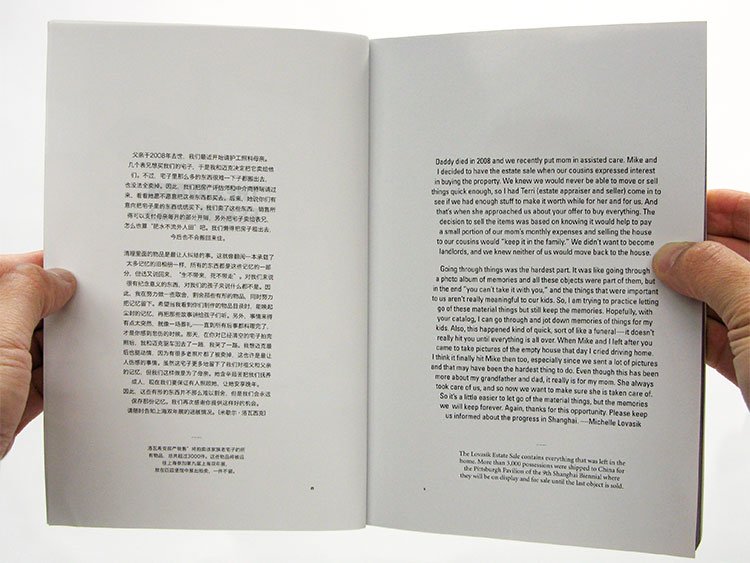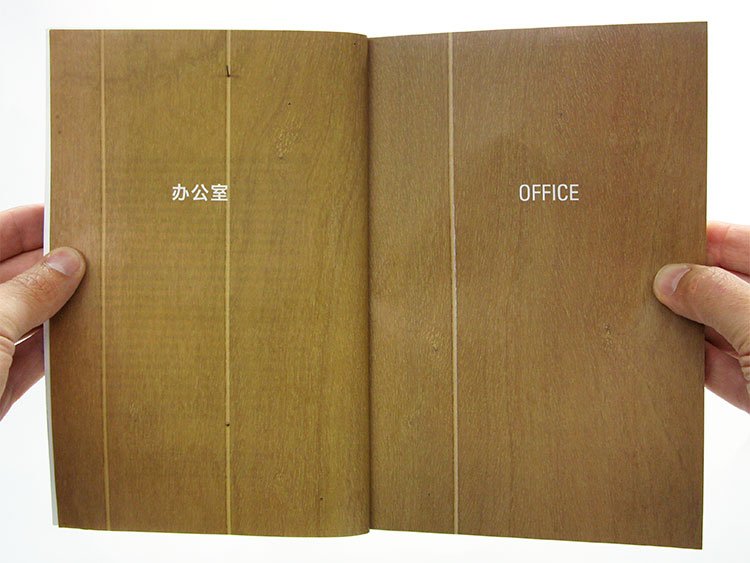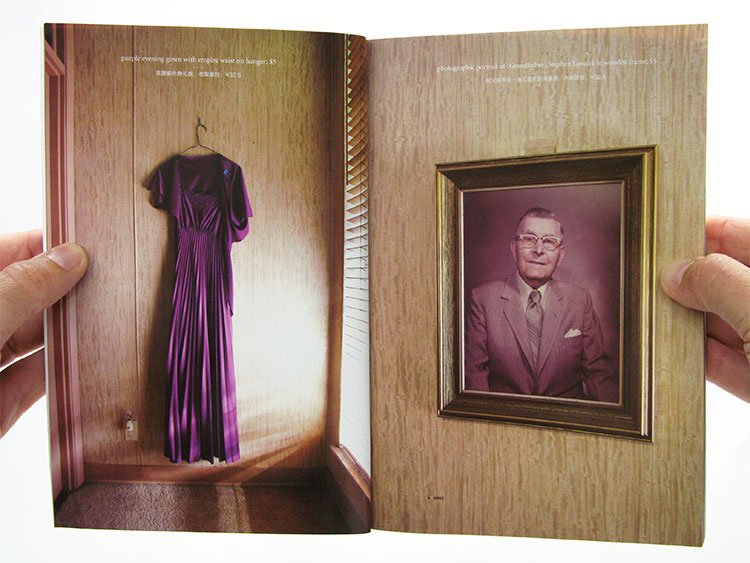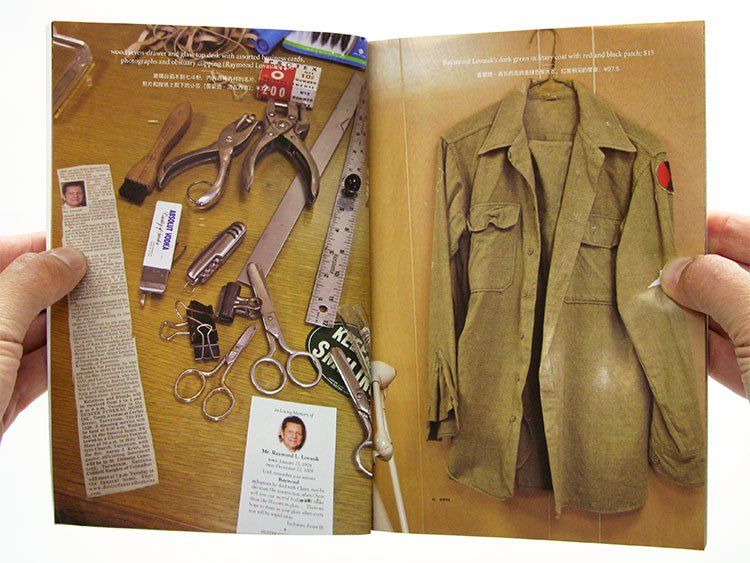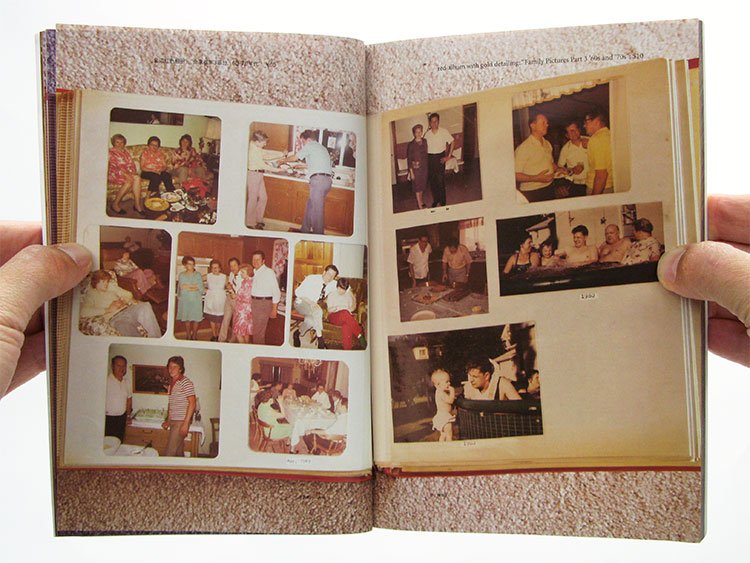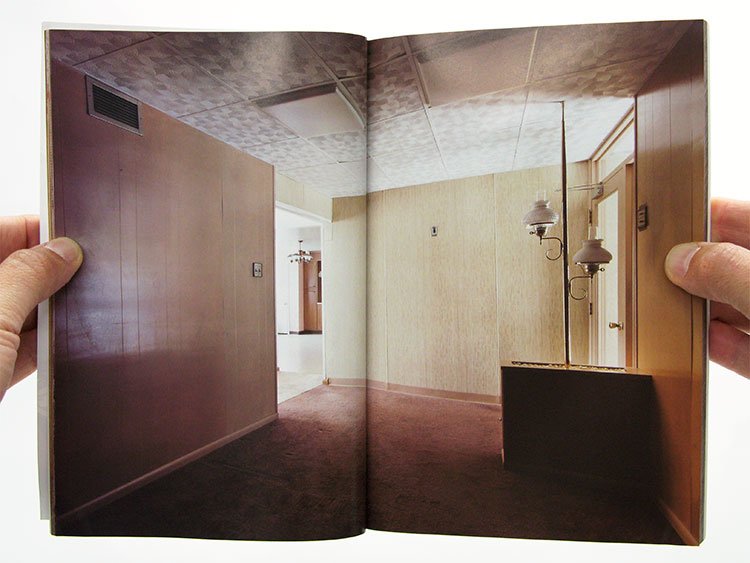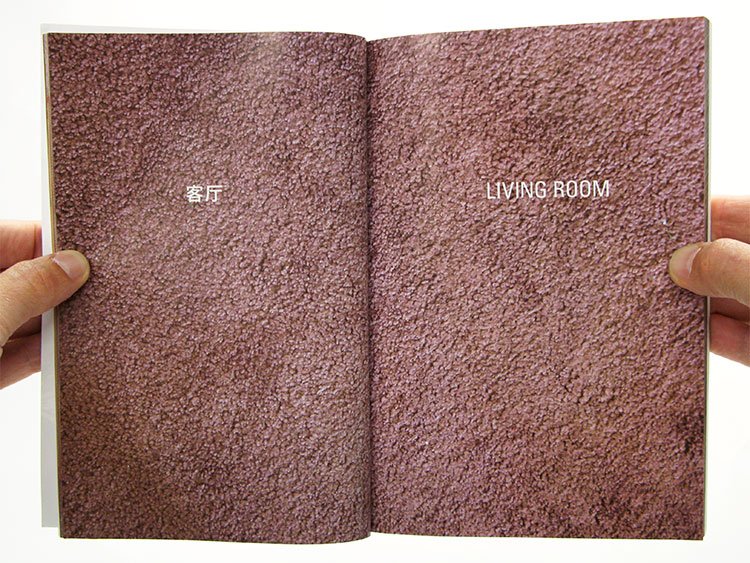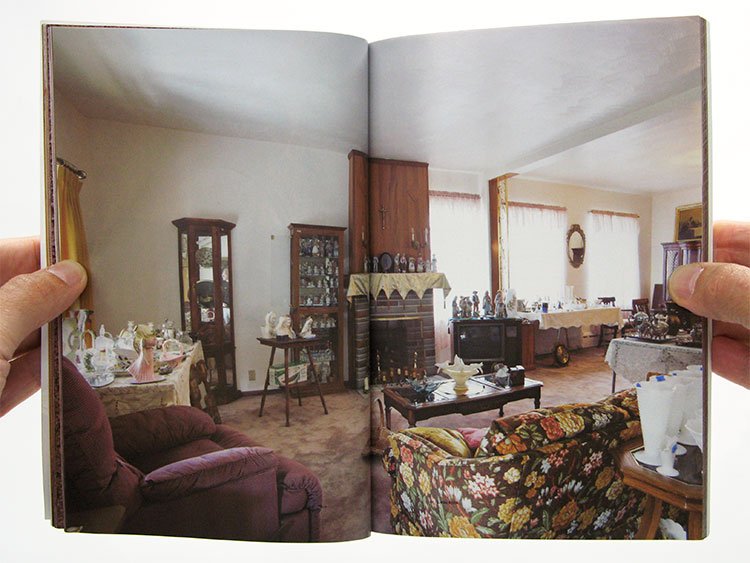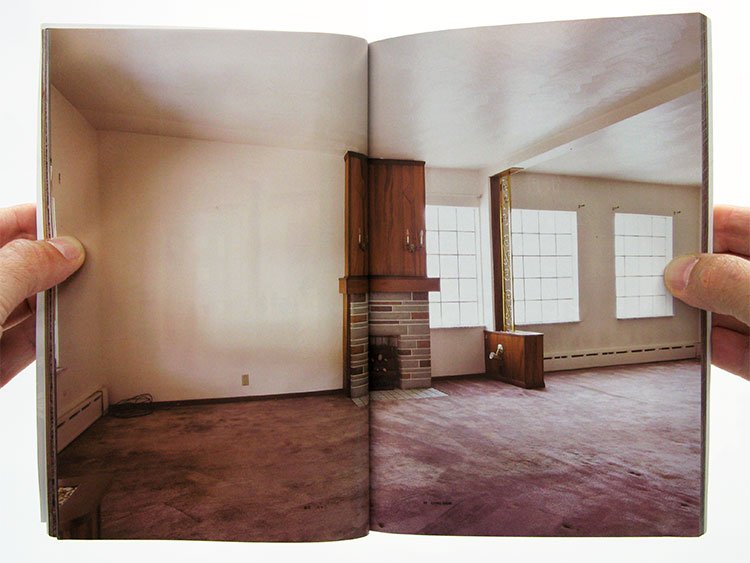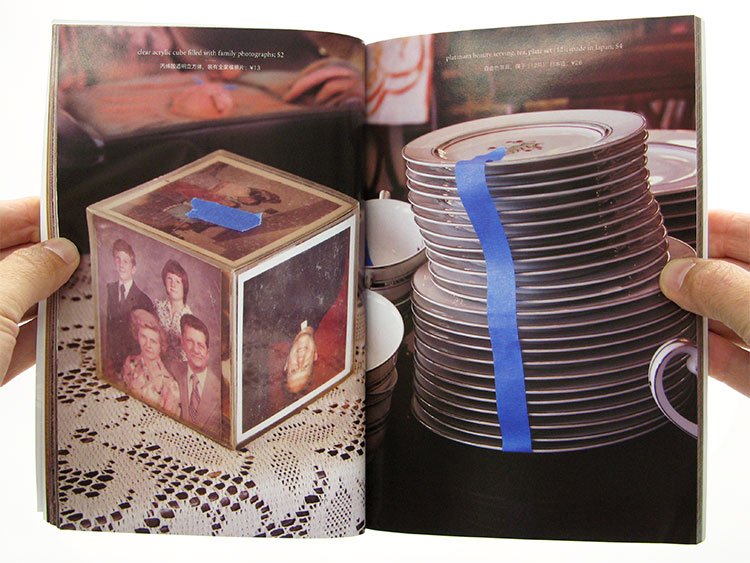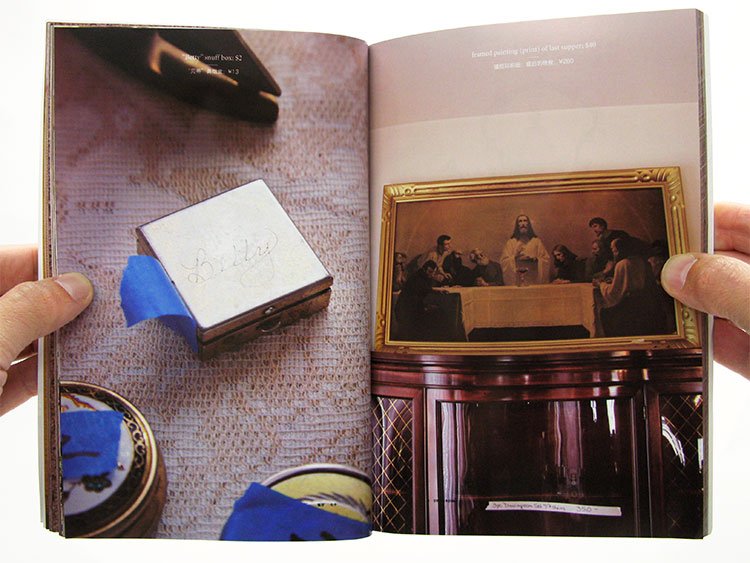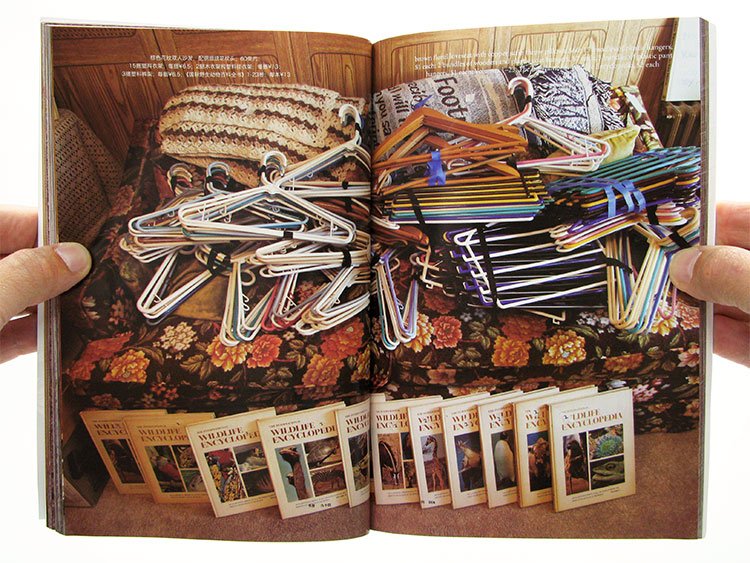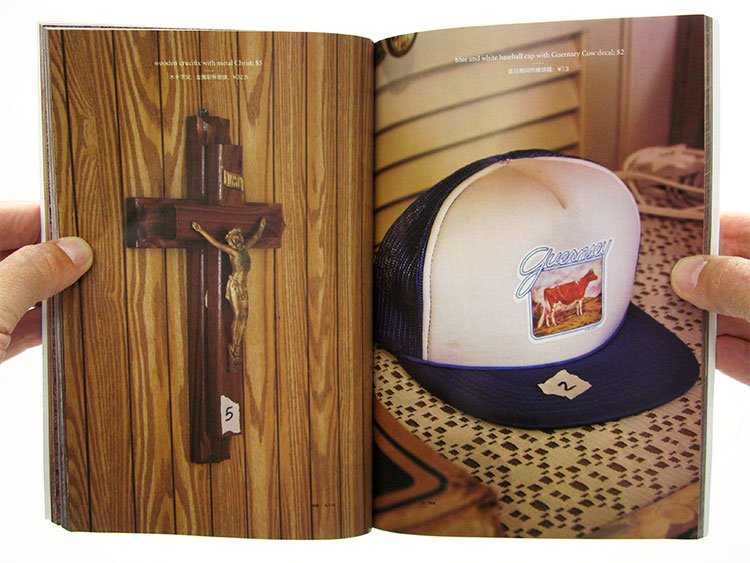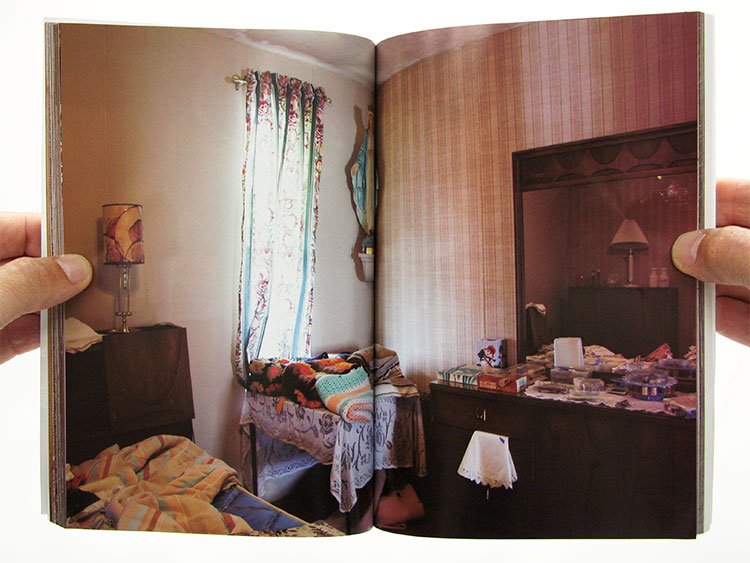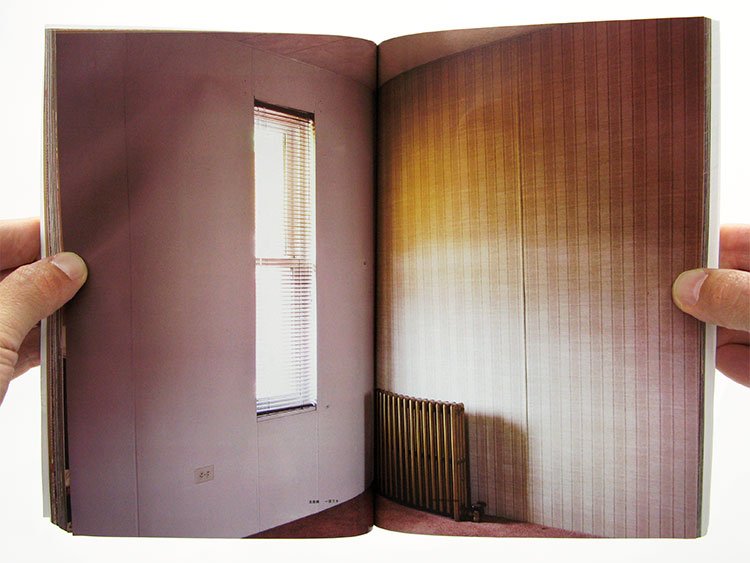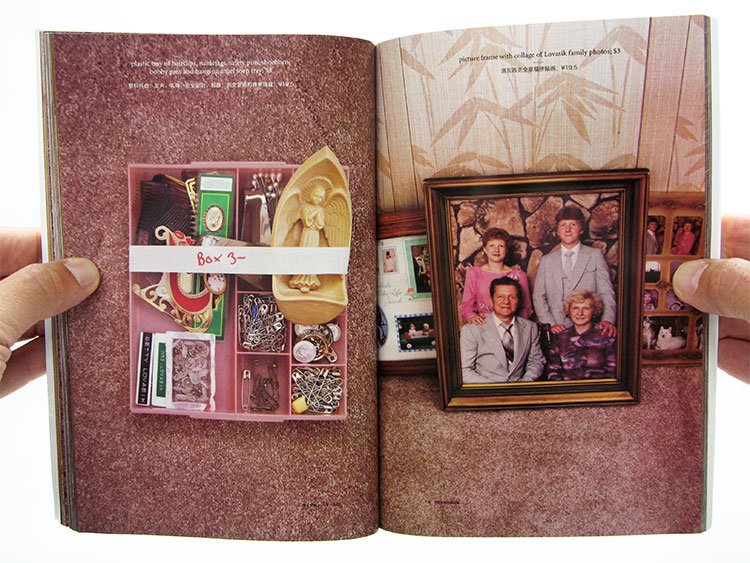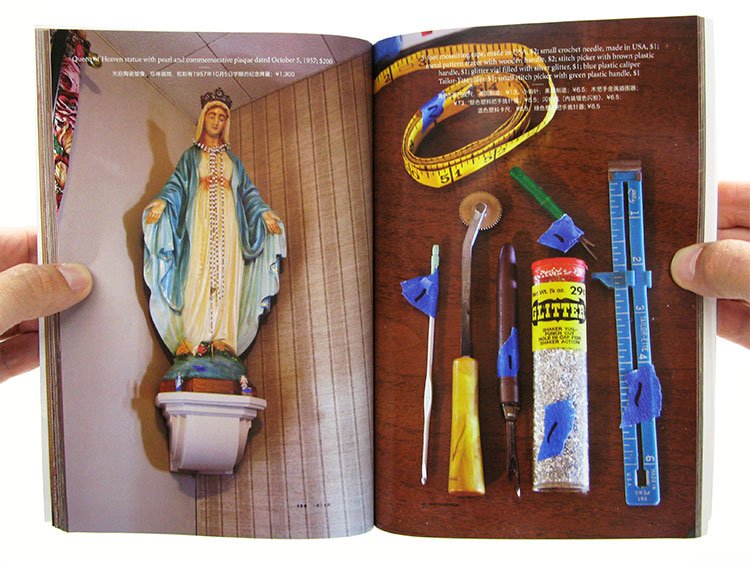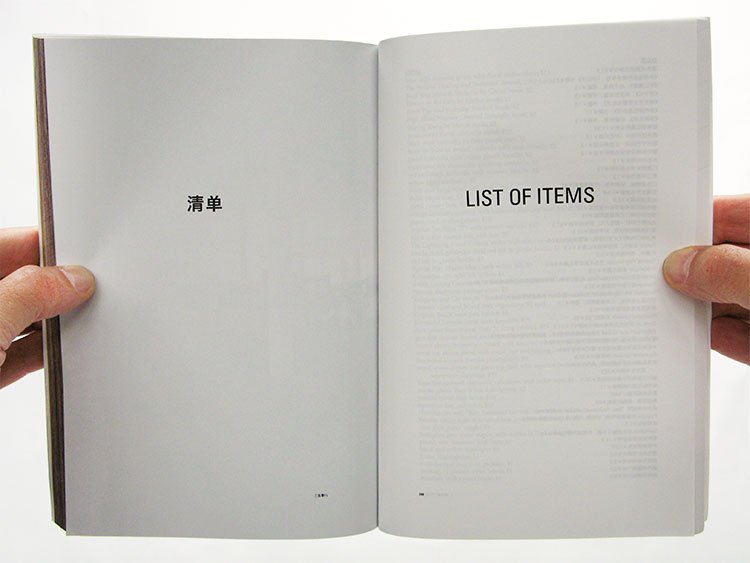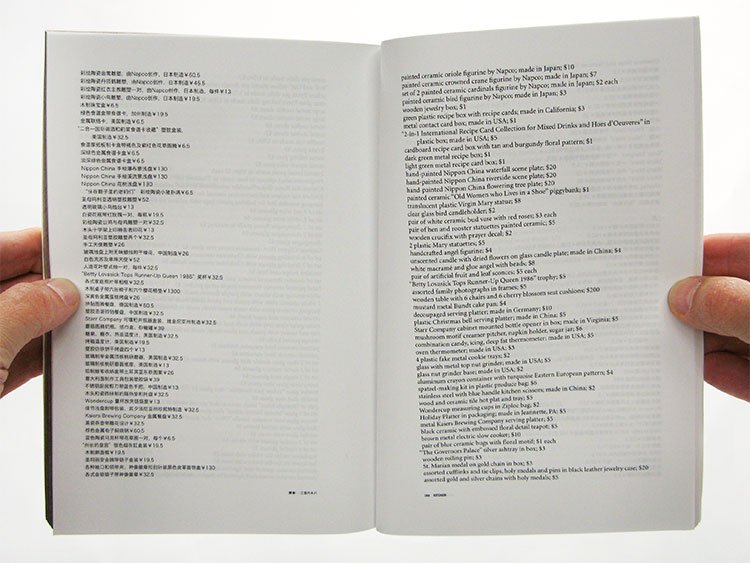The Lovasik Estate Sale
9th Shanghai Biennial (2012)
>> PROJECT WEBSITE <<
Curated by Chelsea Haines
Brief Description:
Artist Jon Rubin purchased an entire estate sale of a working class Pittsburgh family, shipped it to Shanghai, and held the sale in the Pittsburgh pavilion during the full run of the exhibition. Over the course of the exhibition, visitors purchased objects from the estate and immediately took them home. The installation essentially dissolved as the exhibition continued, with the final object sale taking place on the last day of the biennial.
FROM PRESS RELEASE:
For the Pittsburgh Pavilion, Jon Rubin purchased the estate of the Lovasik family, an American family of Slovak descent who lived for generations in a house in an old mill town minutes north of Pittsburgh. Built by the family patriarch in 1914 (the same year Andy Warhol’s father moved to Pittsburgh from Slovakia), the home had a ground floor that doubled as the family business, once a grocery store and butcher shop, and an upper level two-bedroom home. The Lovasik family’s objects tell a long domestic story that spans the range of several generations and include furniture, an elaborate toy train set, plastic figurines, jewelry, a dishwasher, photo albums, a marriage certificate, personal files and hundreds of religious books written by a priest in the family.
The Lovasik Estate Sale, an installation taking up the entirety of the Pittsburgh Pavilion of the Shanghai Biennial, displays all the objects in the Lovasik home as they were found and arranged during the original estate sale. Importantly, the installation will also function as an actual estate sale. Over the course of the exhibition, visitors may purchase objects from the estate and take them home (notably, approximately half of the objects in the estate were originally manufactured in China). The installation will shrink as the exhibition continues, and the final object sale will take place on the last day of the biennial.
The pavilion displays a particular biography of a family’s entire life—and a portrait of what is left after death. Pittsburgh has the second most elderly population in the United States. As in many smaller American cities, younger generations have moved away and grandparents are often left in the city of their birth. The cultural dynamics of American family relations, consumerism, and the amateur capitalism of the estate sale is collided with the new narrative of modern China where more and more families are being pulled apart as younger generations move to the cities to embrace the growing markets of state-capitalism. In this way the Pittsburgh Pavilion dissolves this space between the familiar and foreign by dispersing the remnants of one Pittsburgh family’s life and local culture into the many lives and cultures of those in China who visit the exhibition.
On view October 1 – December 31, 2012 in a repurposed building in the Bund, Shanghai’s main shopping district, the exhibition is expected to be visited by hundreds of thousands from China and around the world.
Sponsored by the Andy Warhol Museum.
